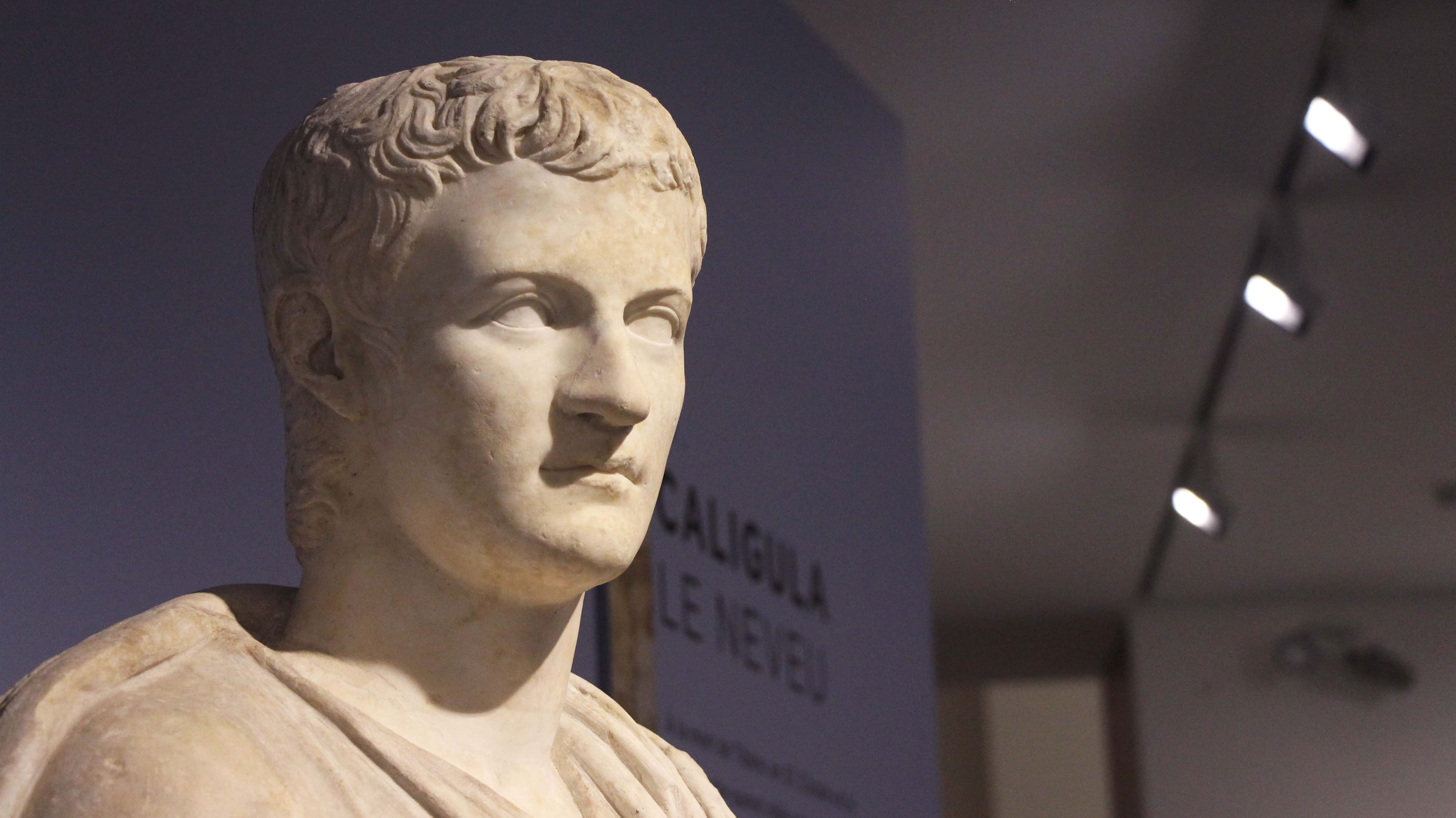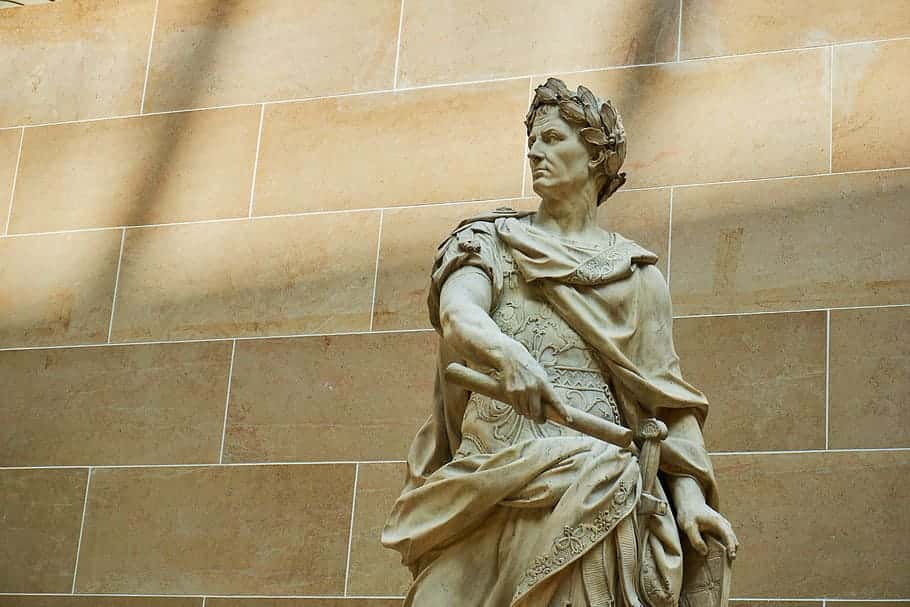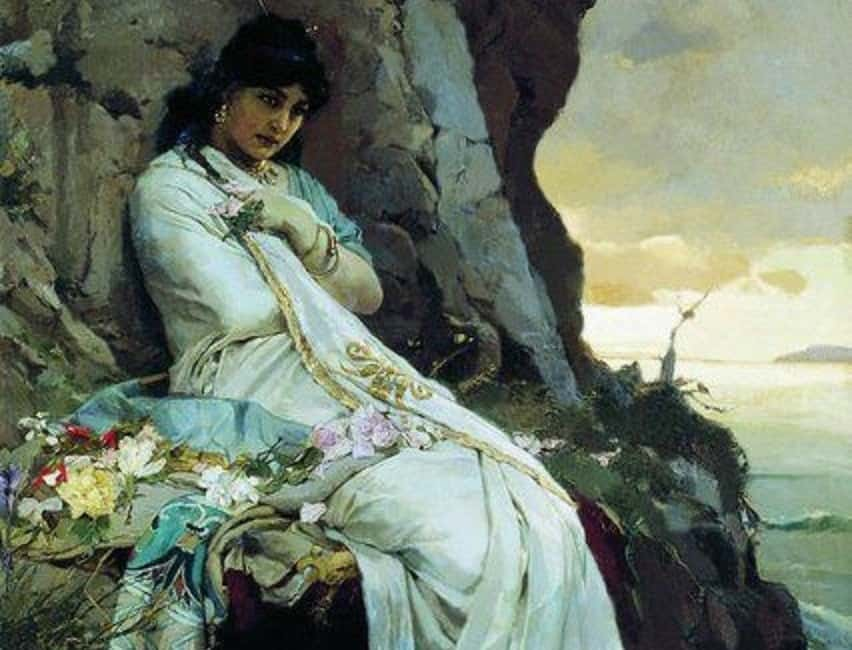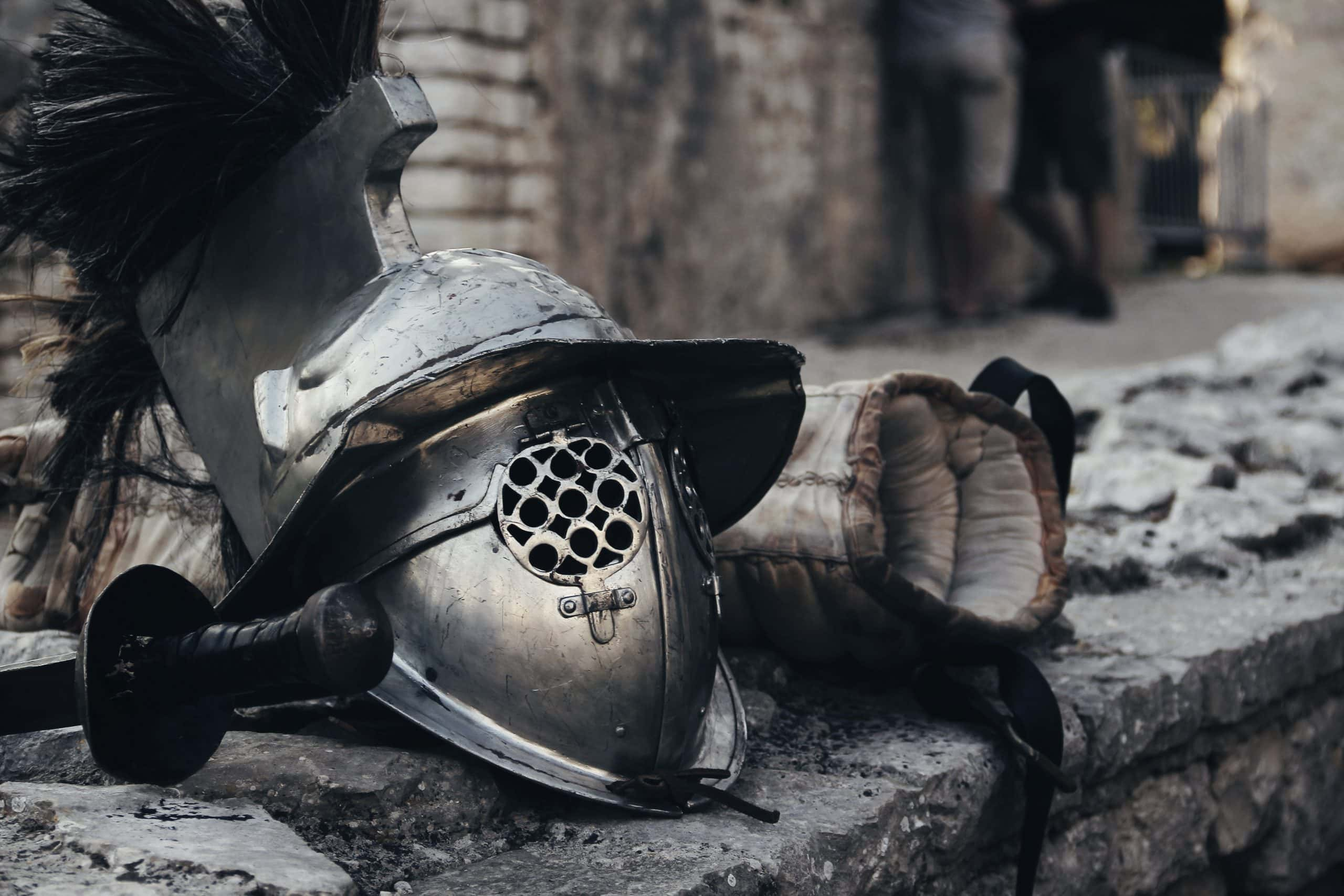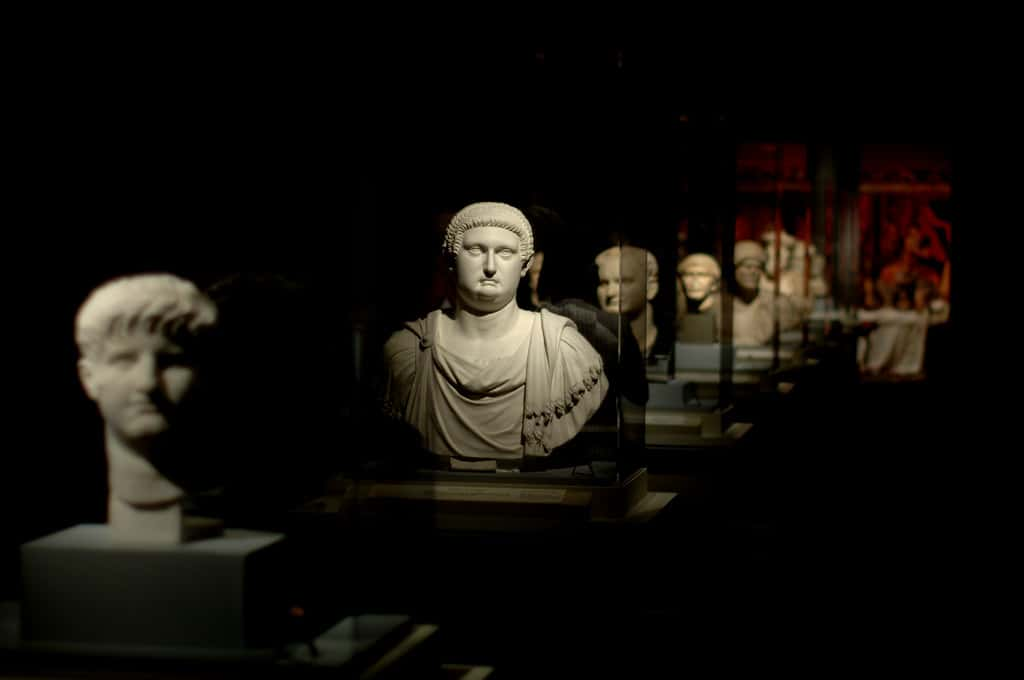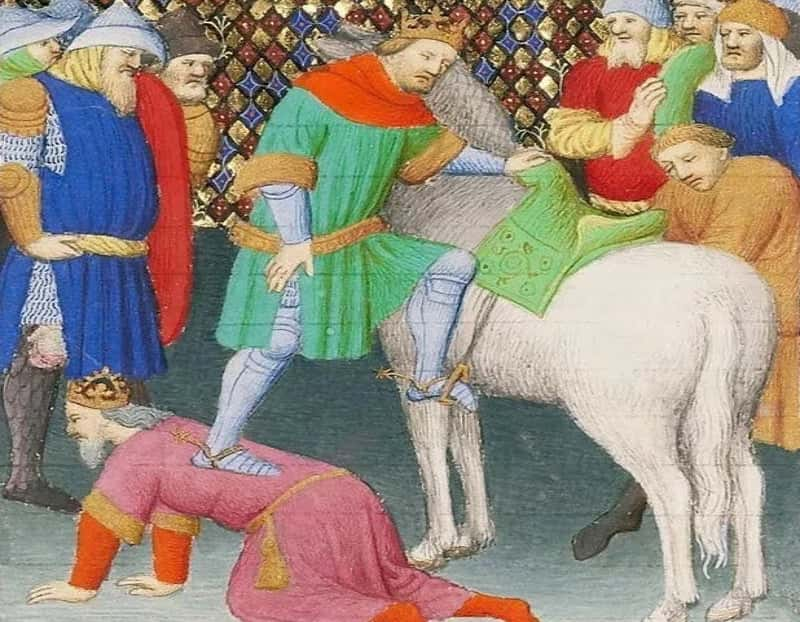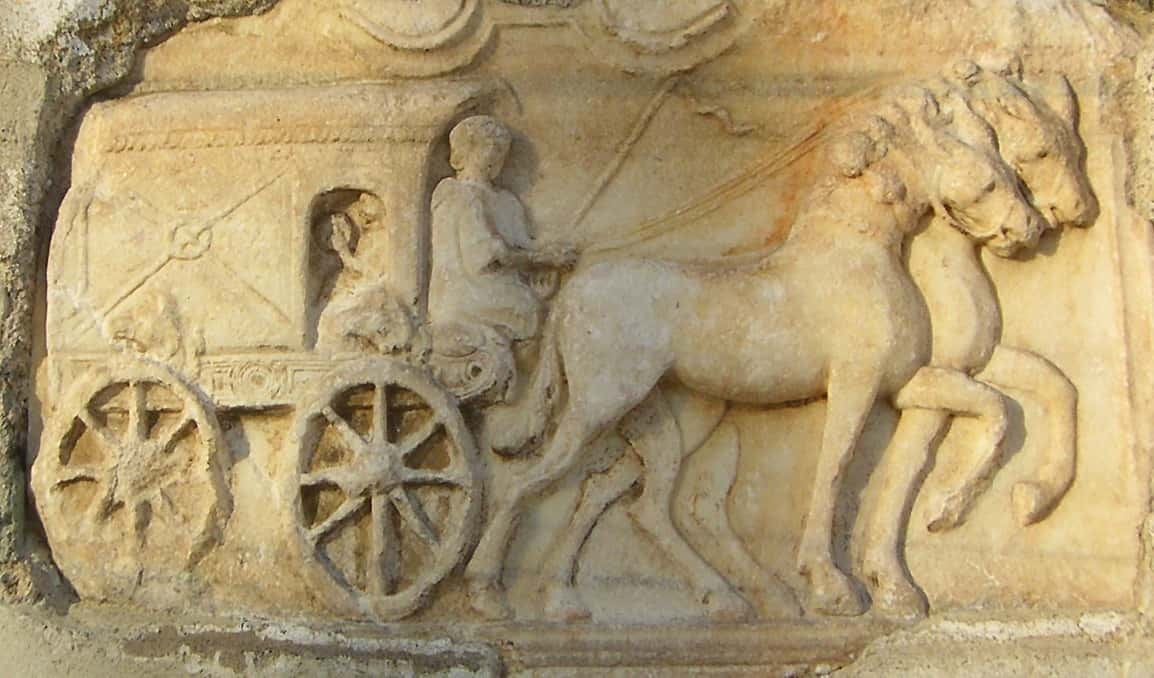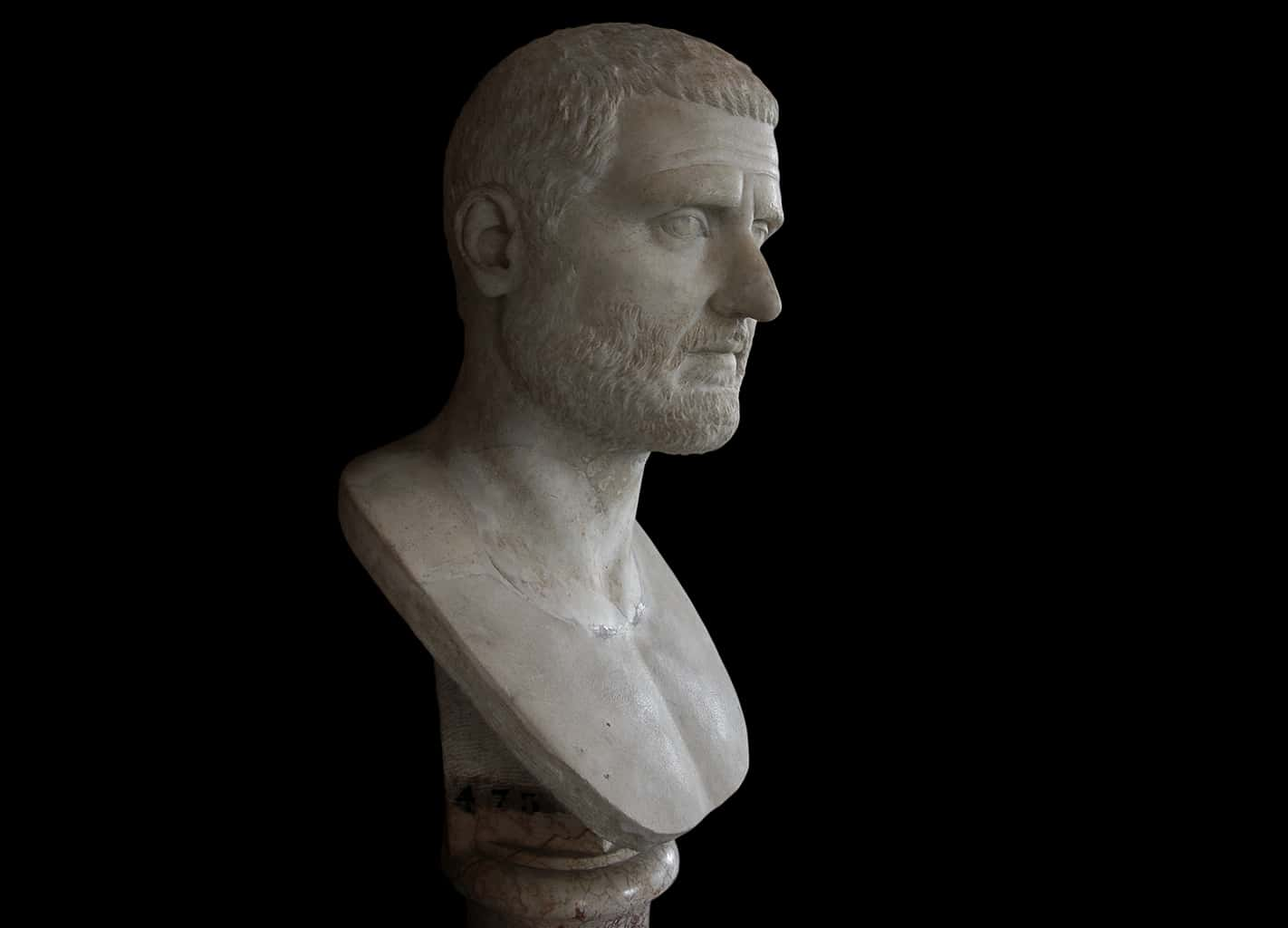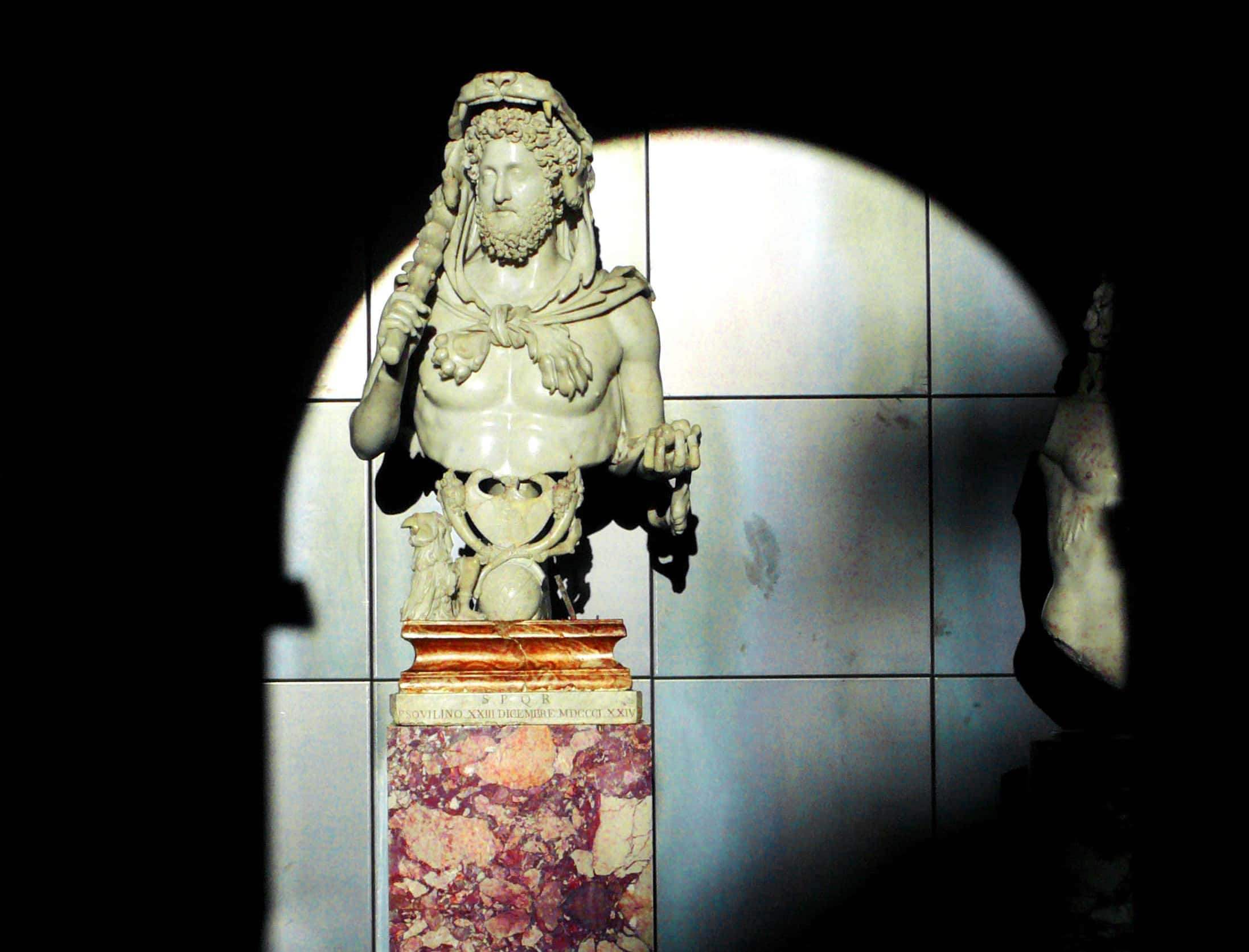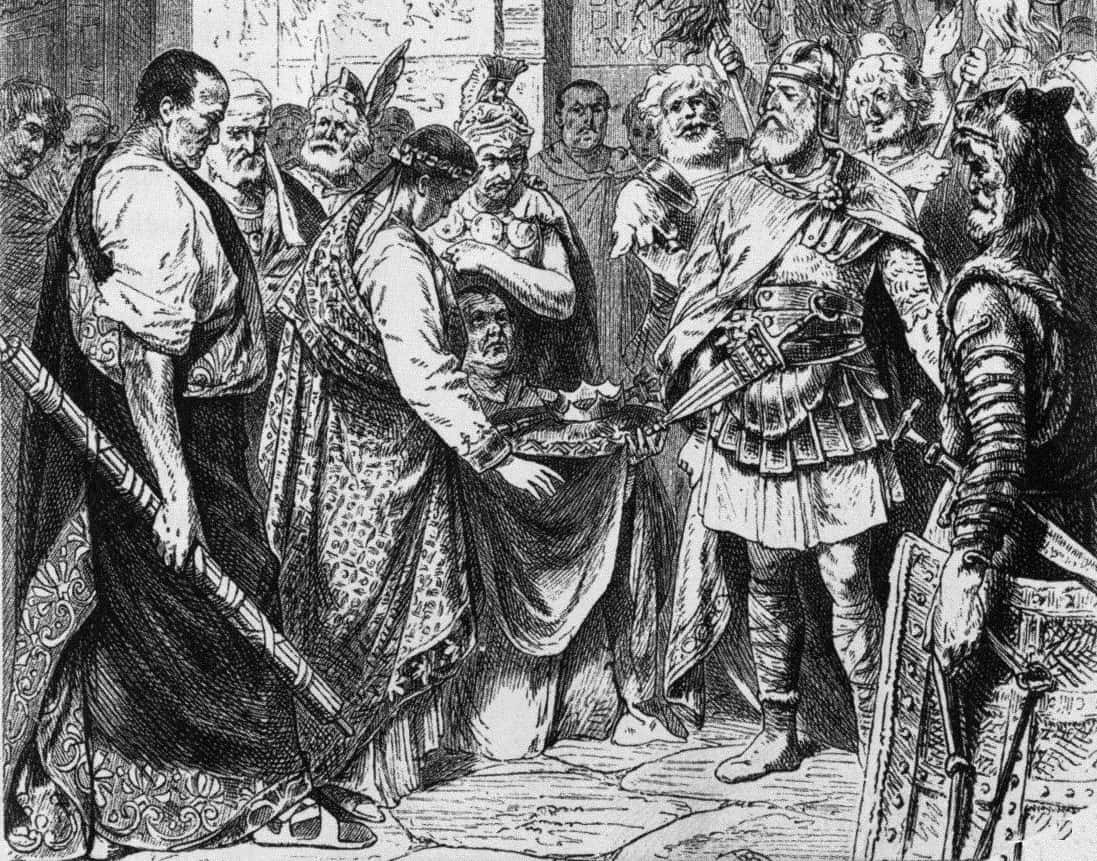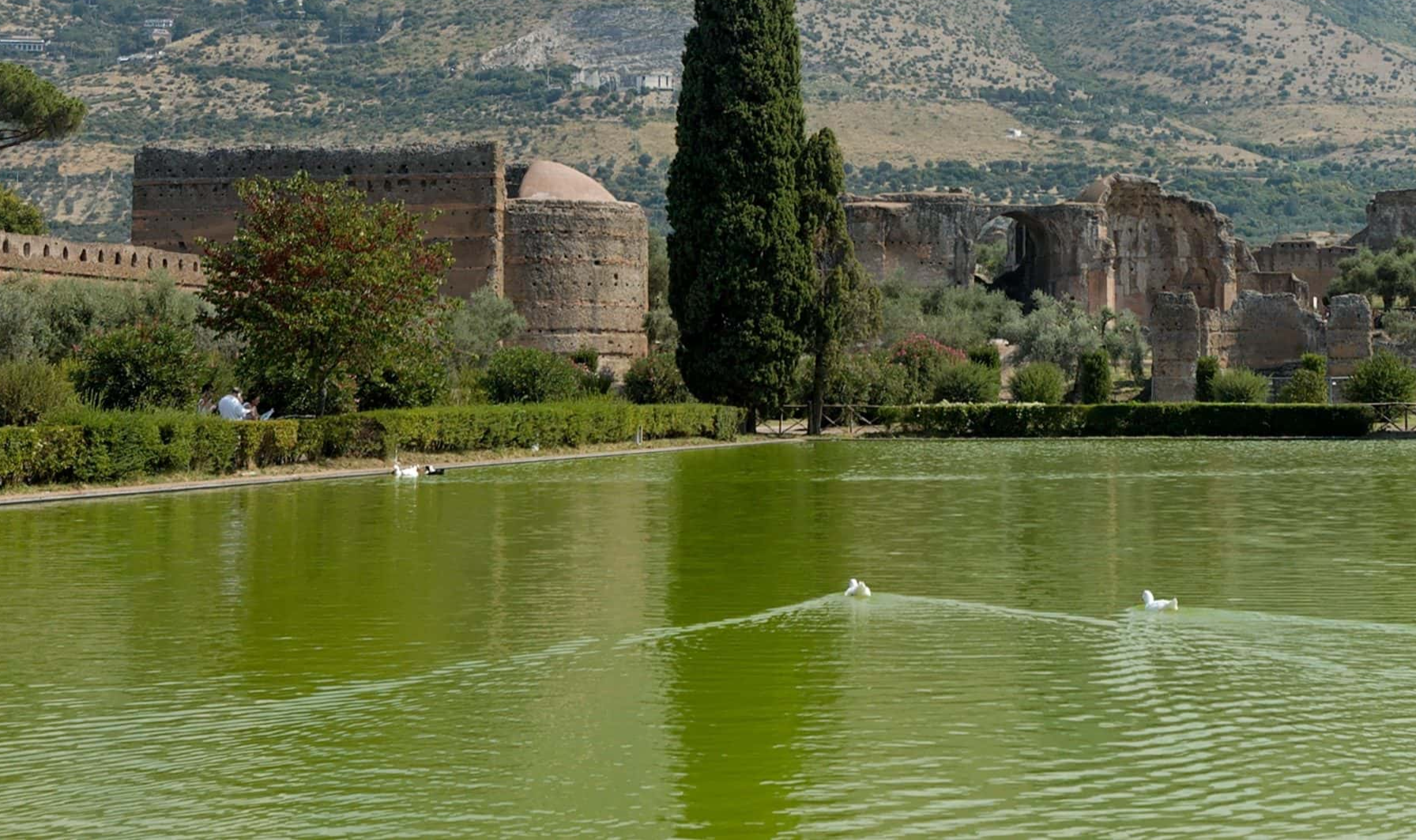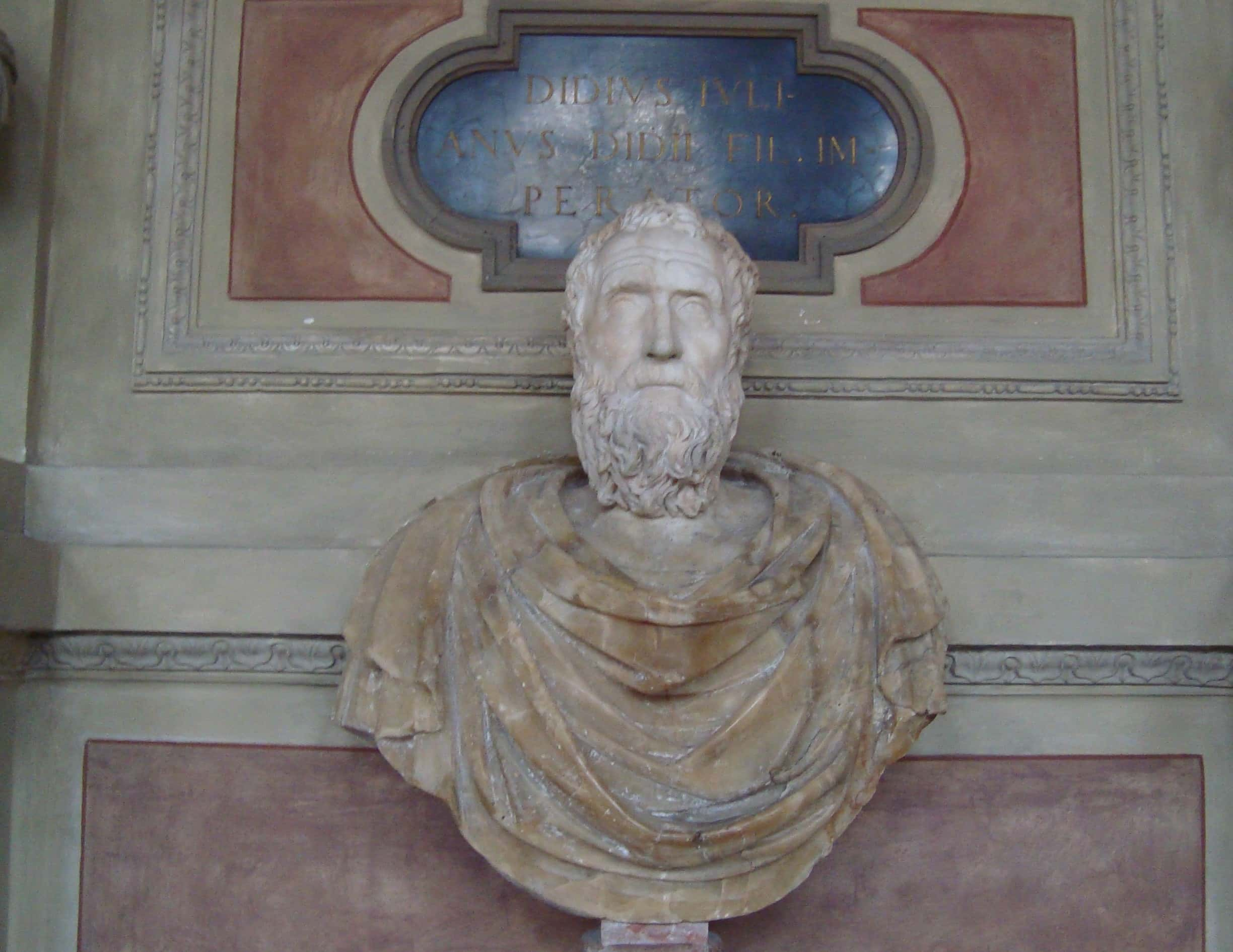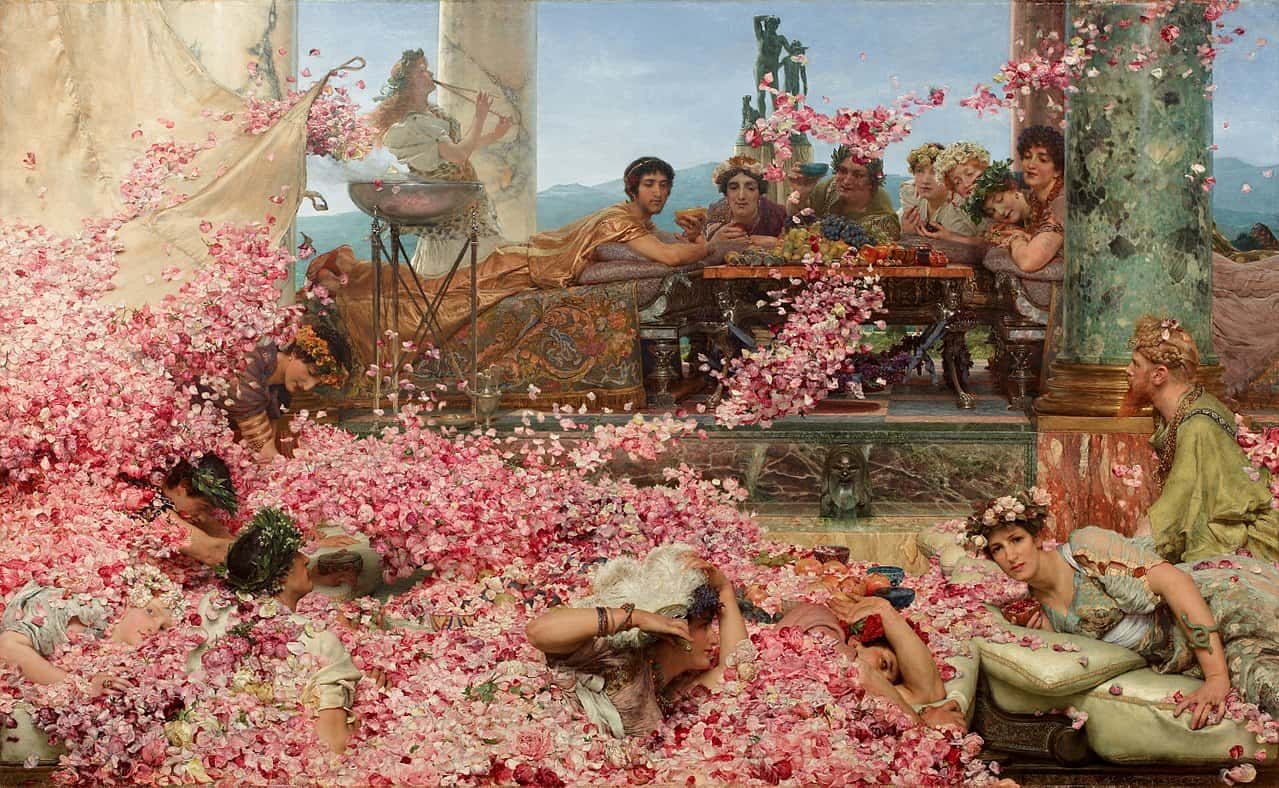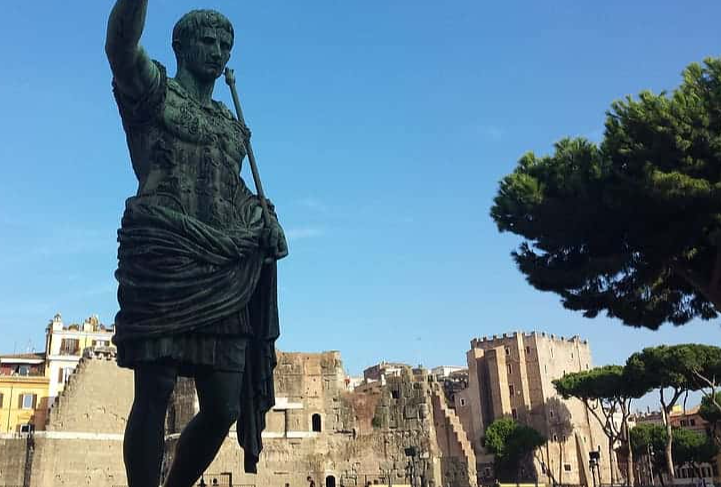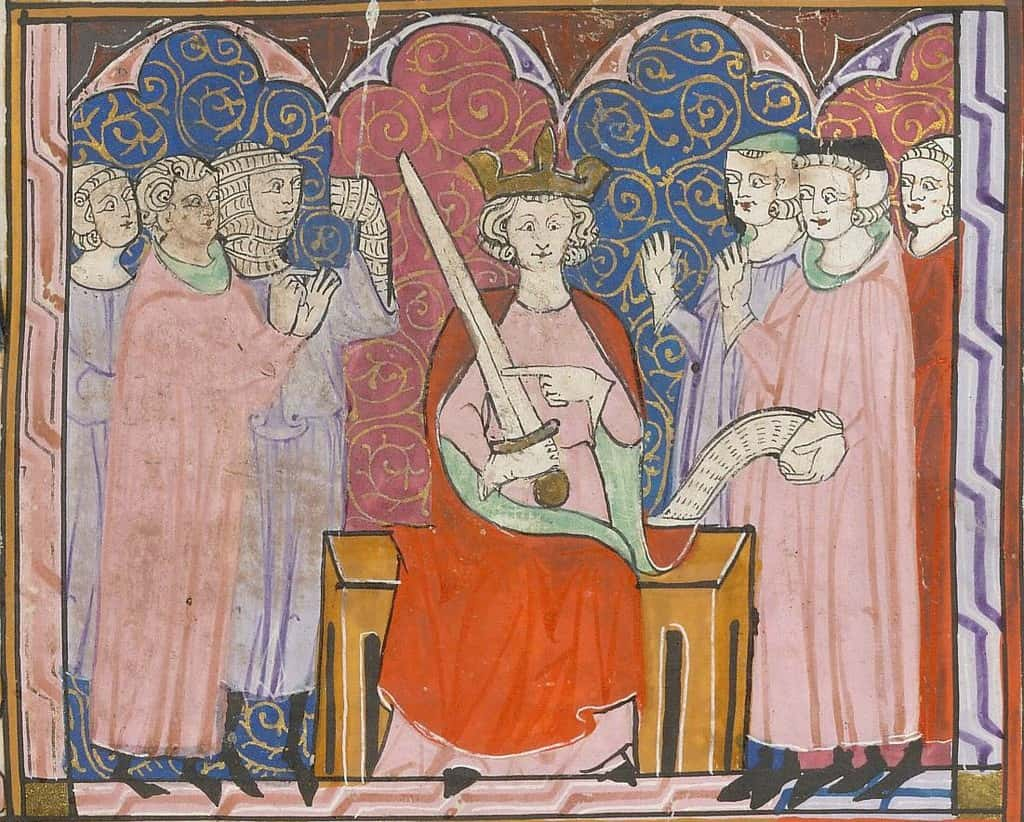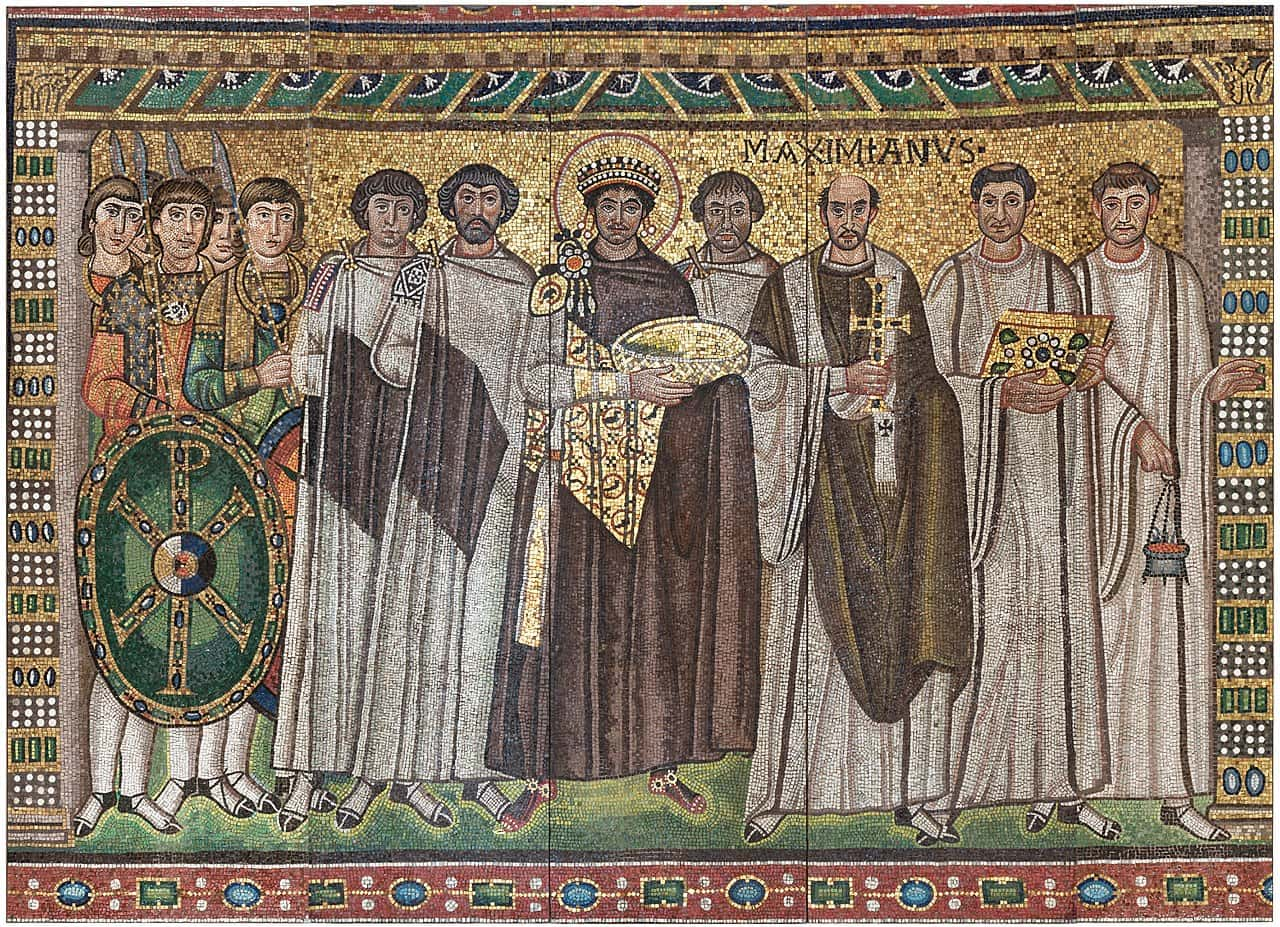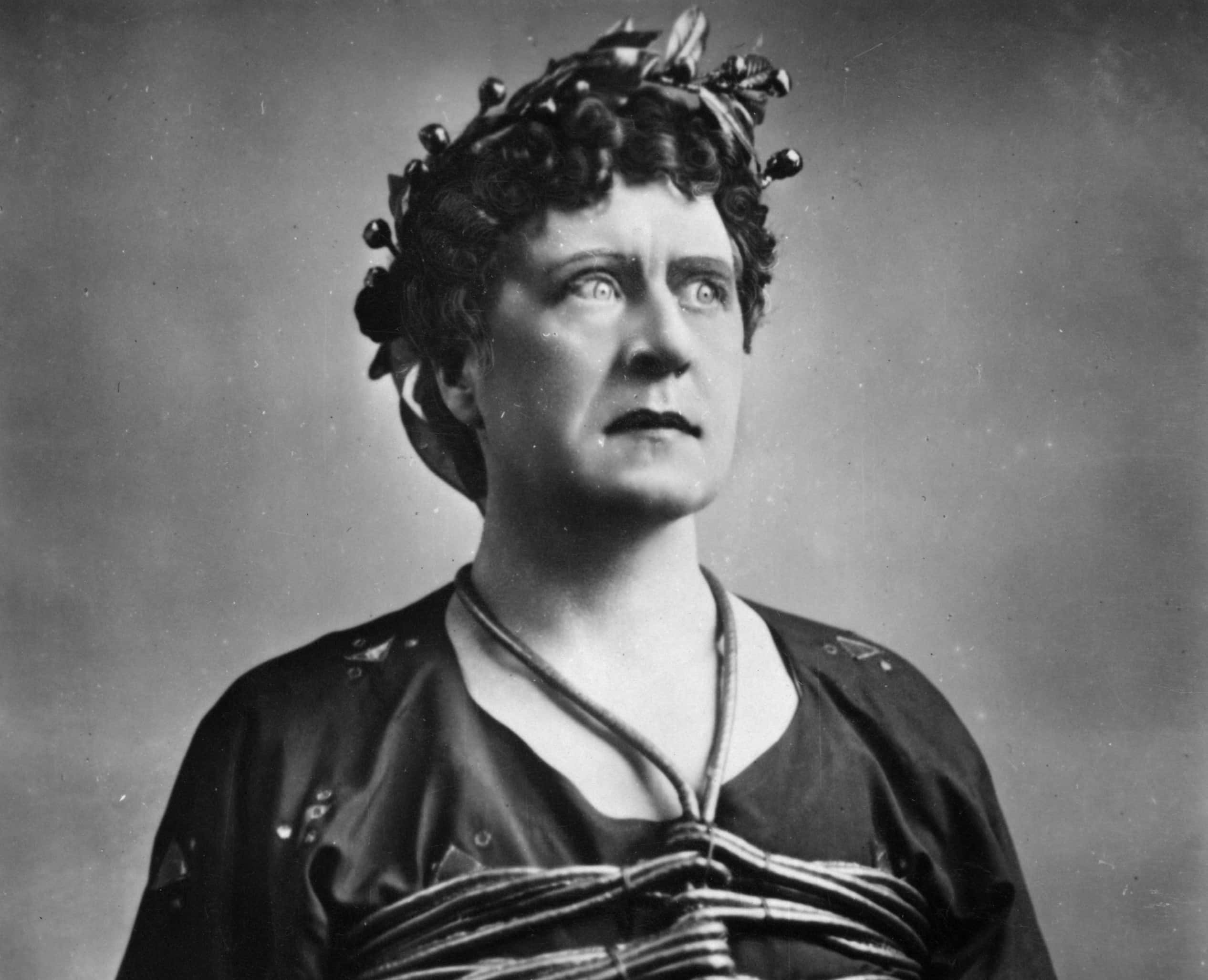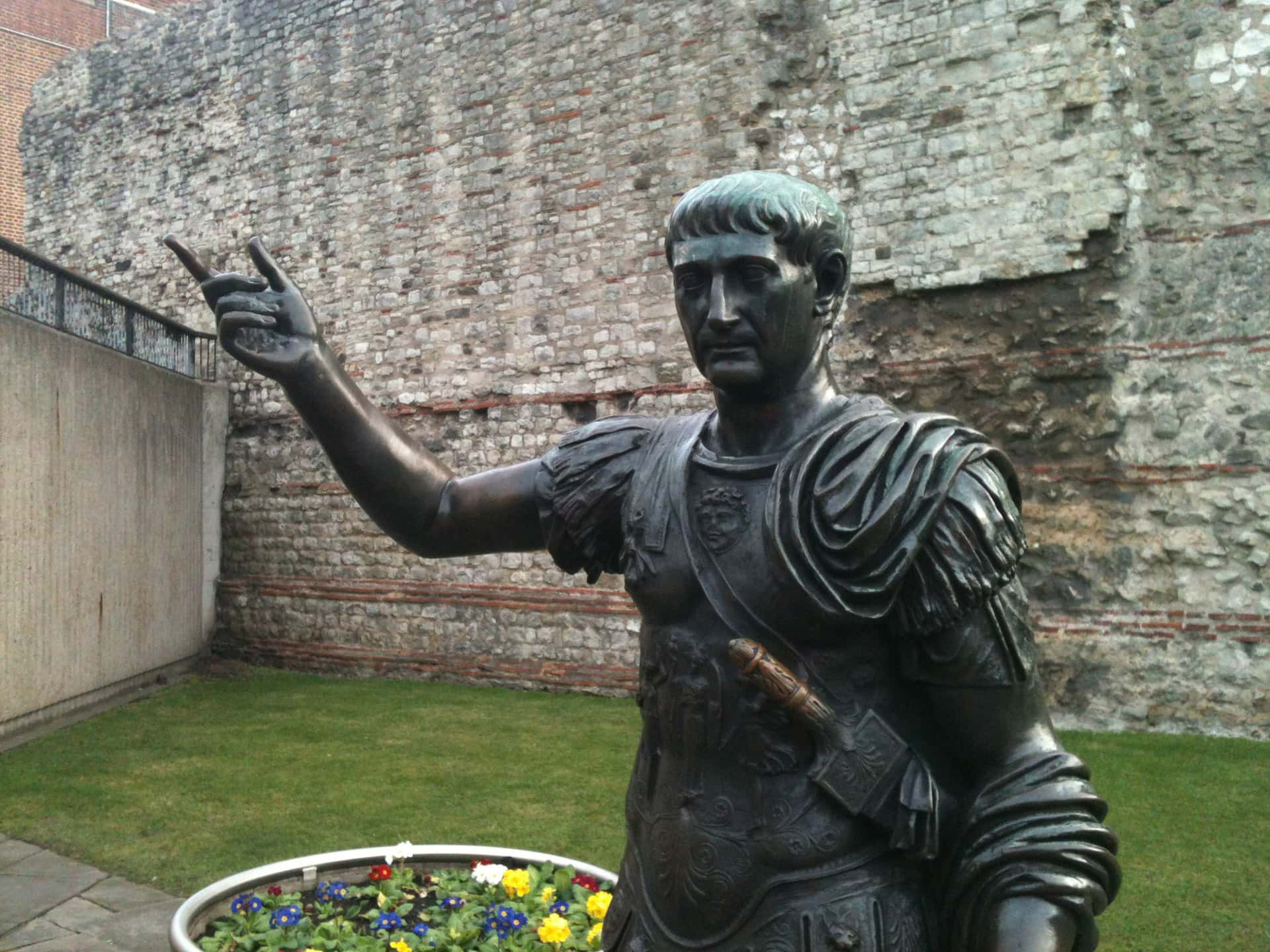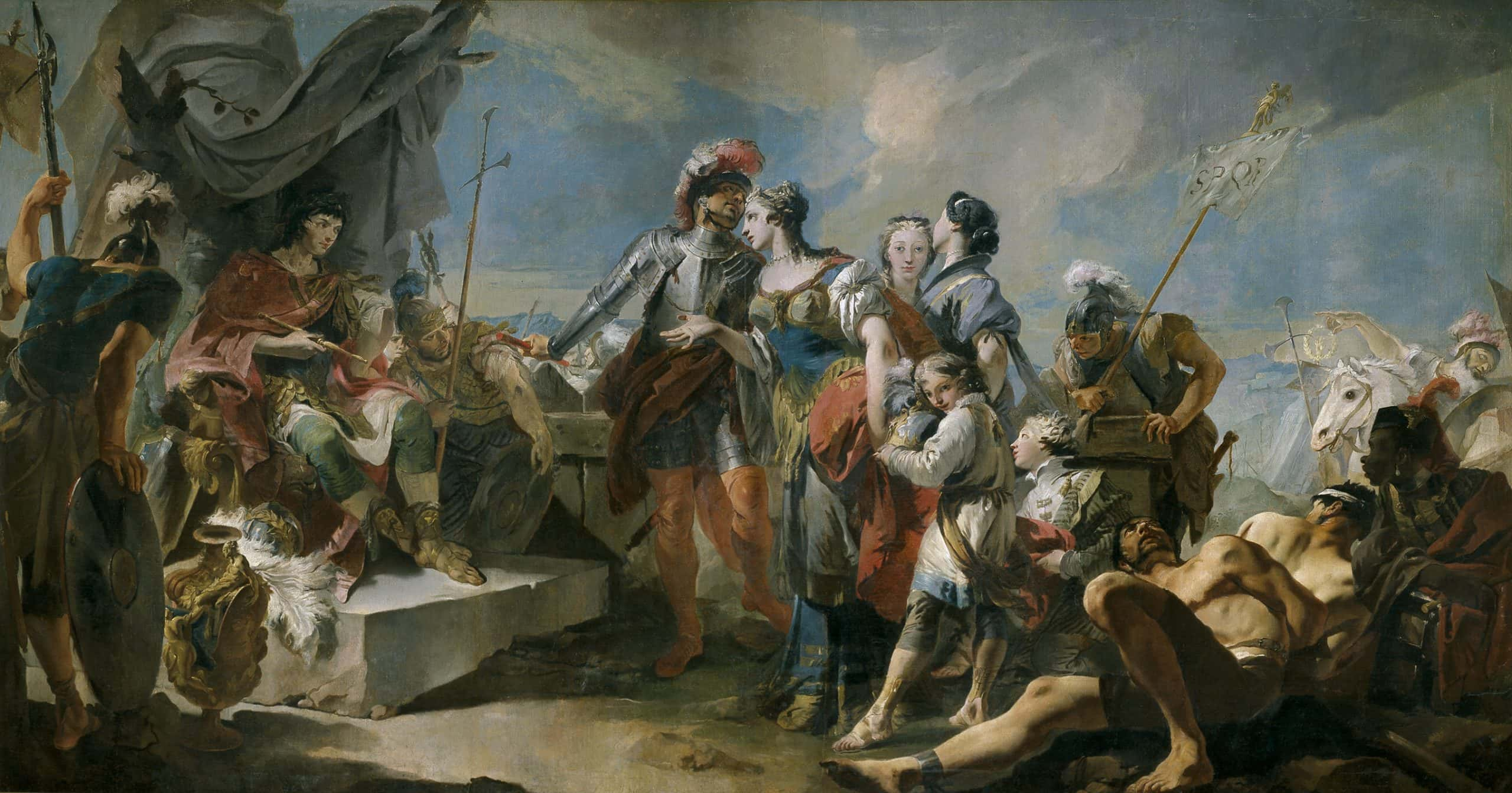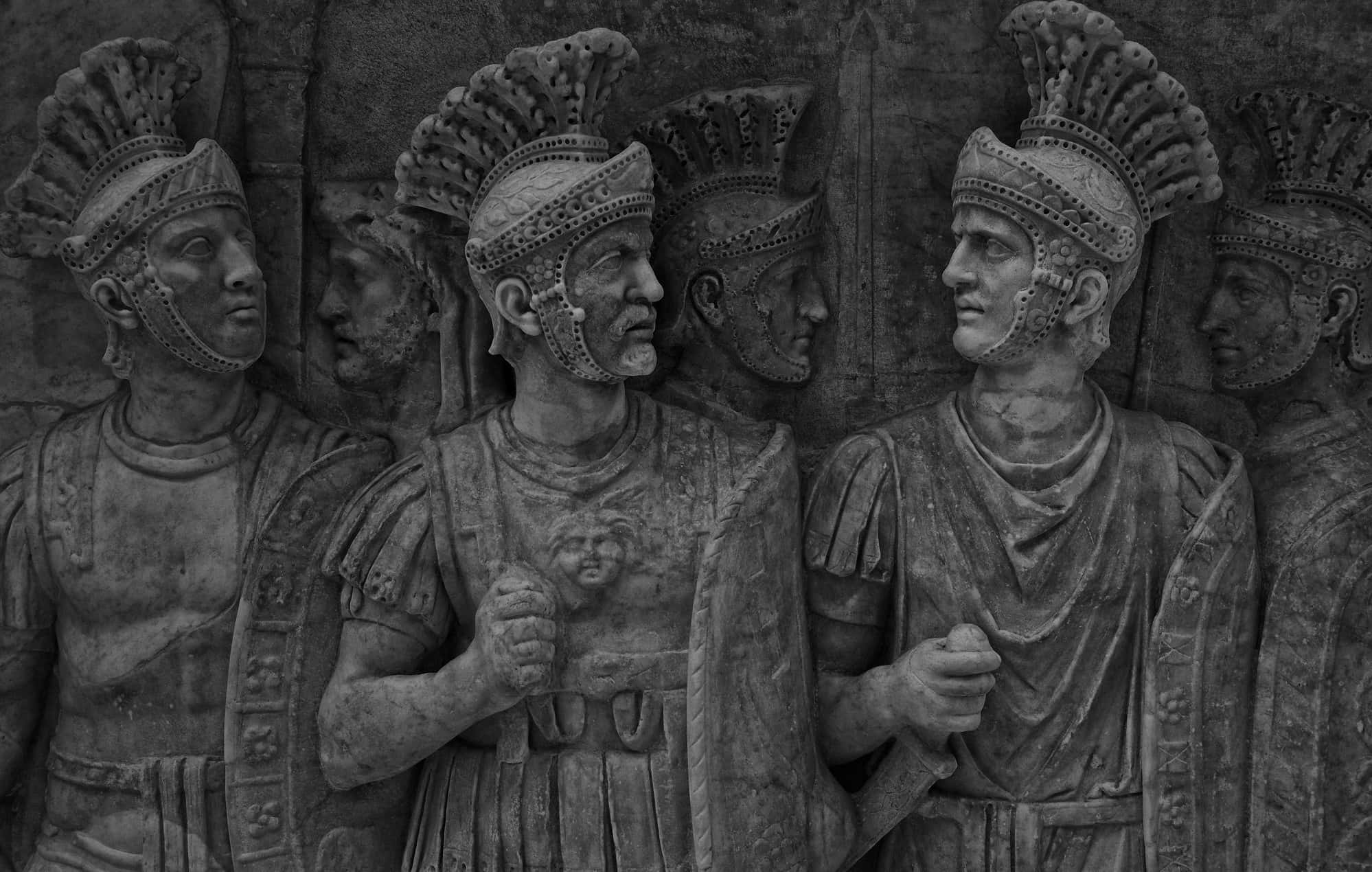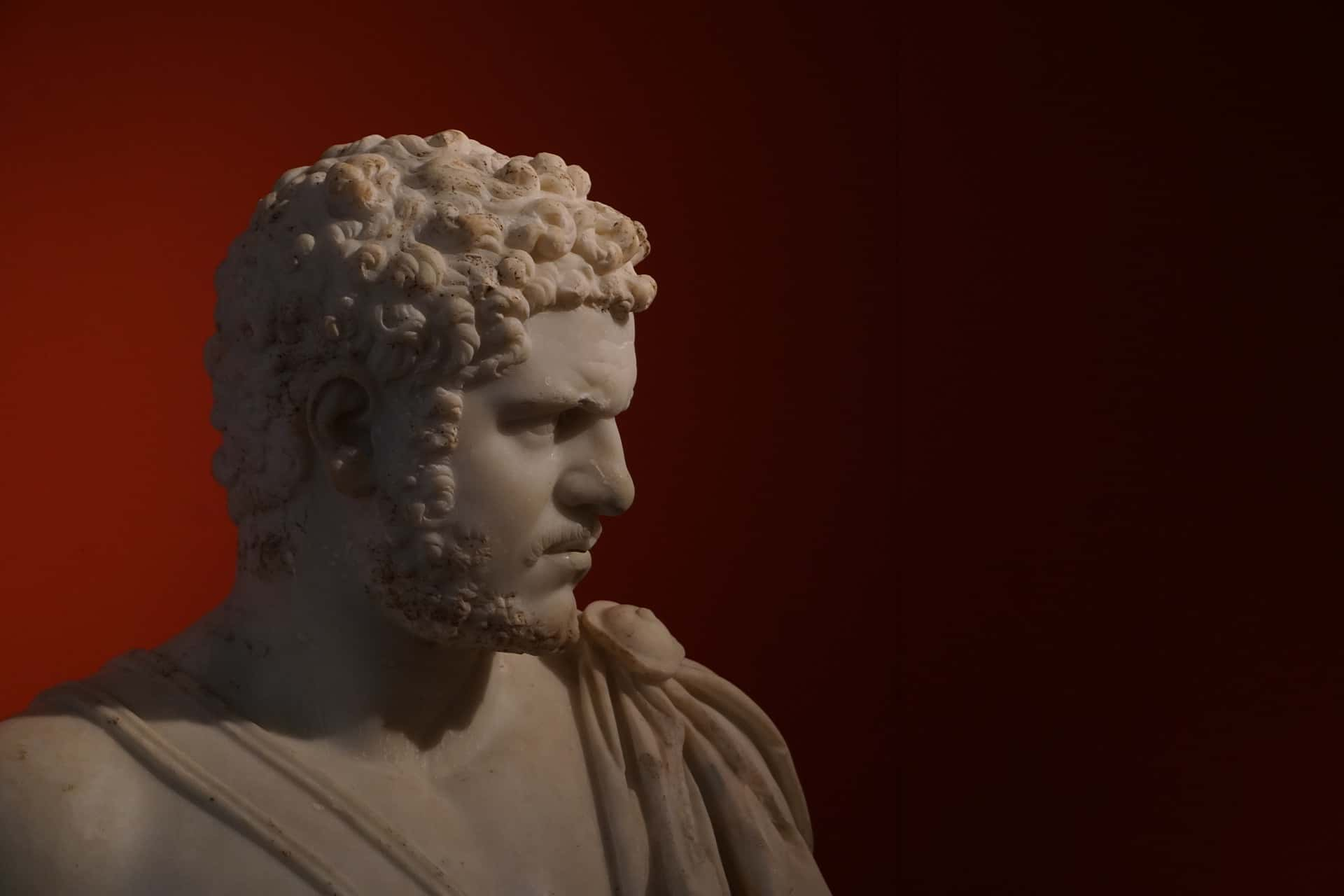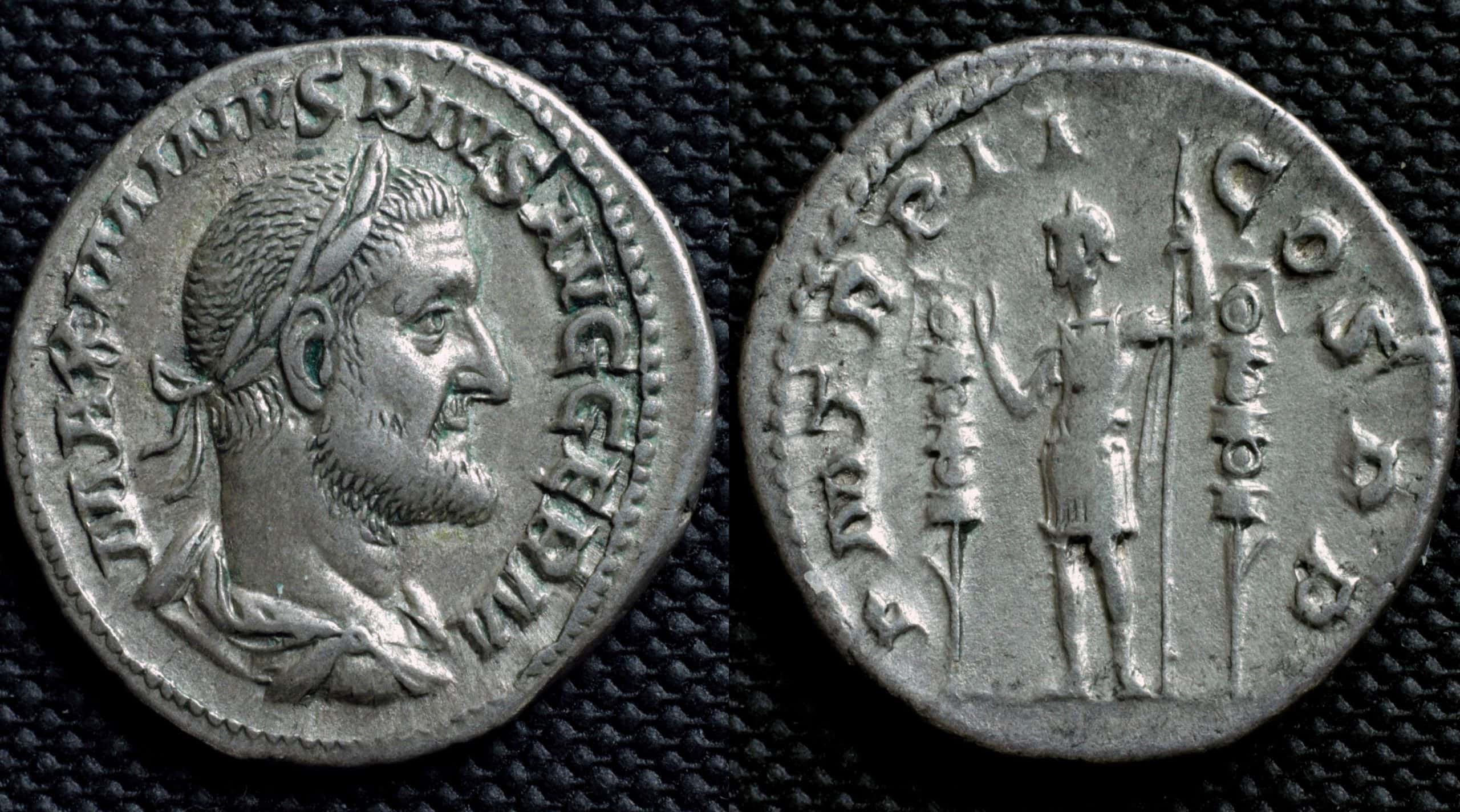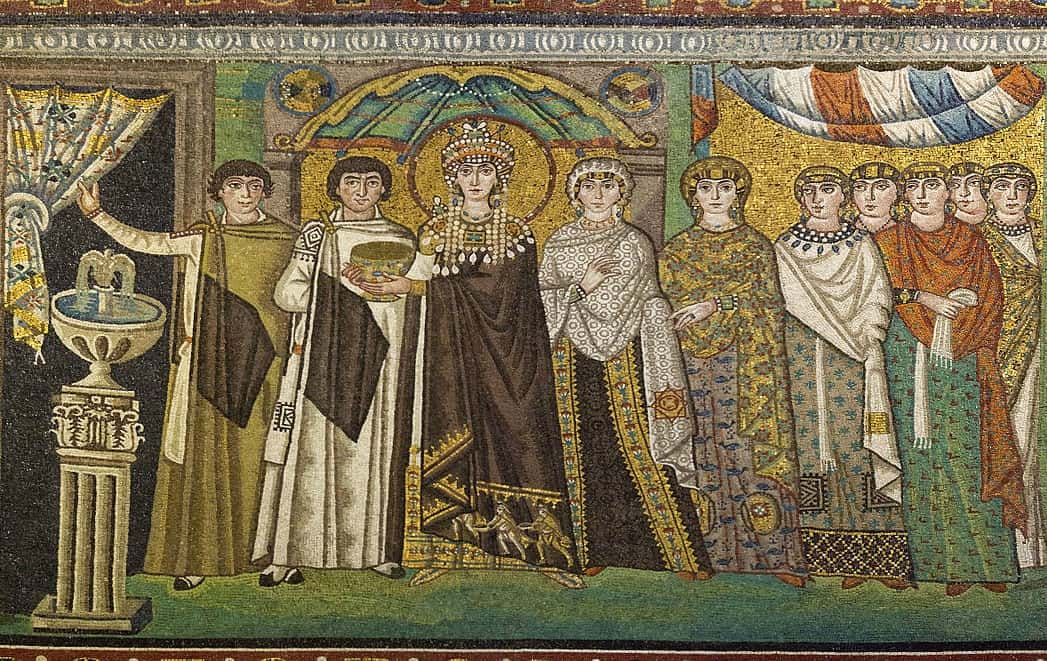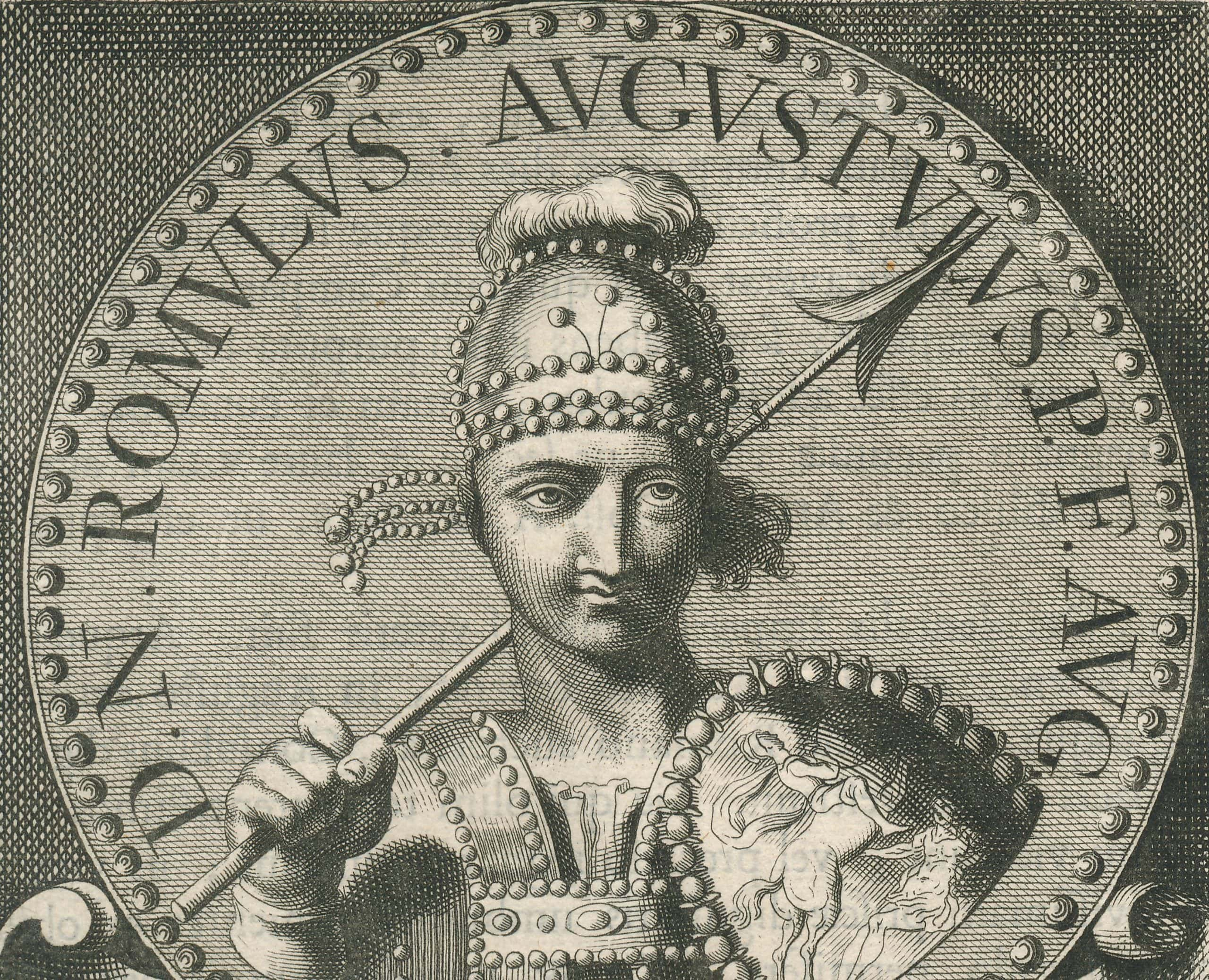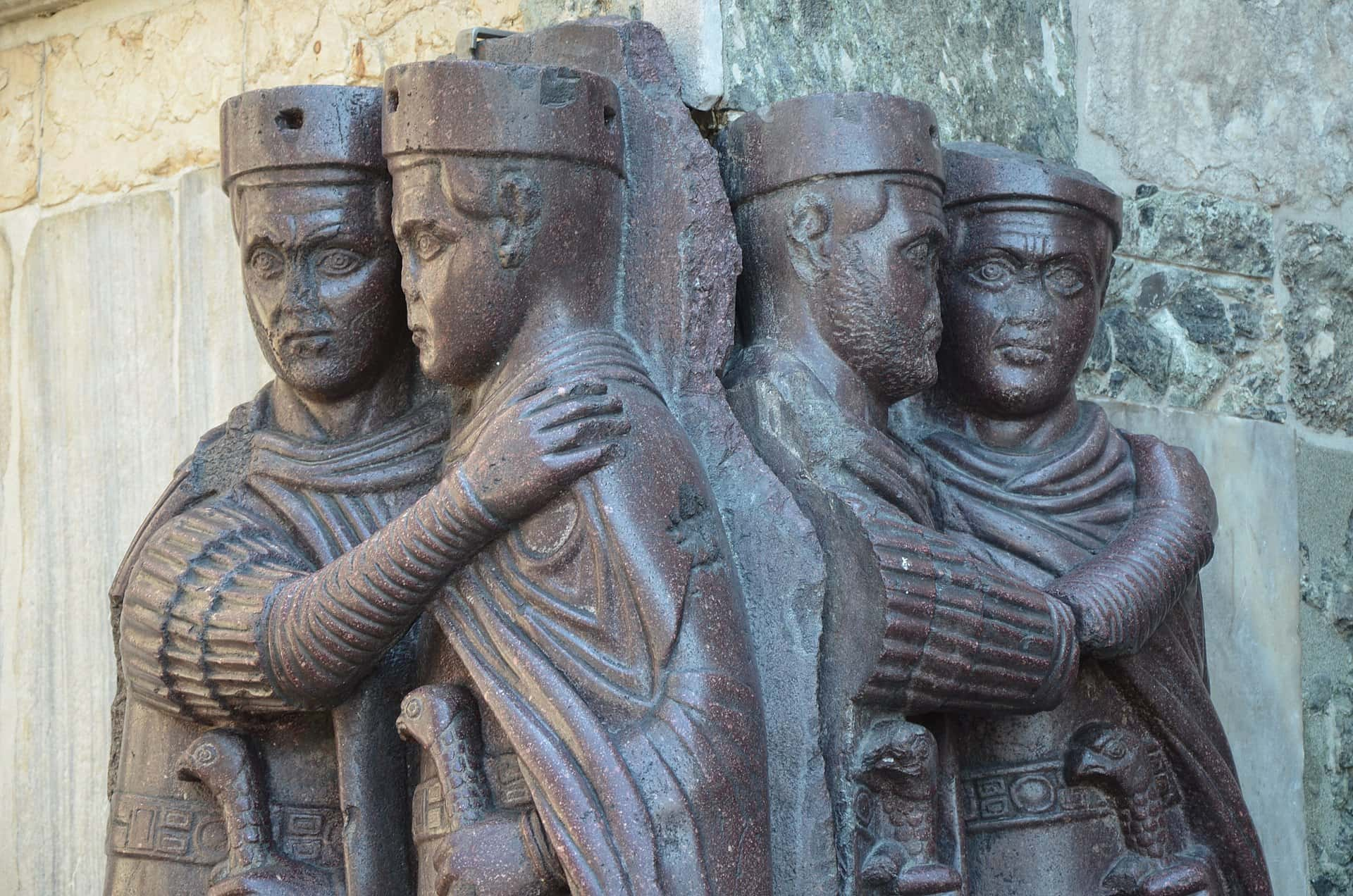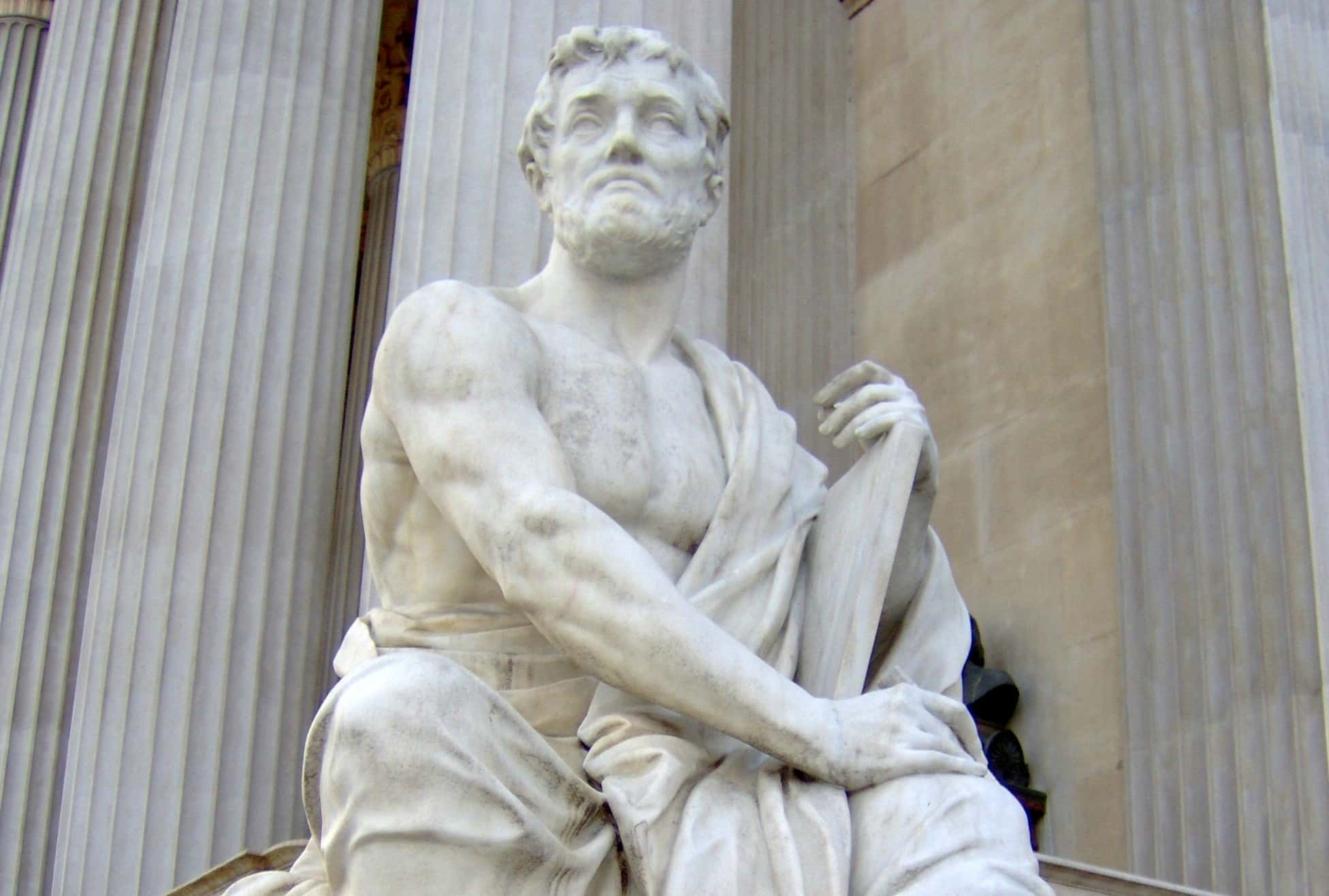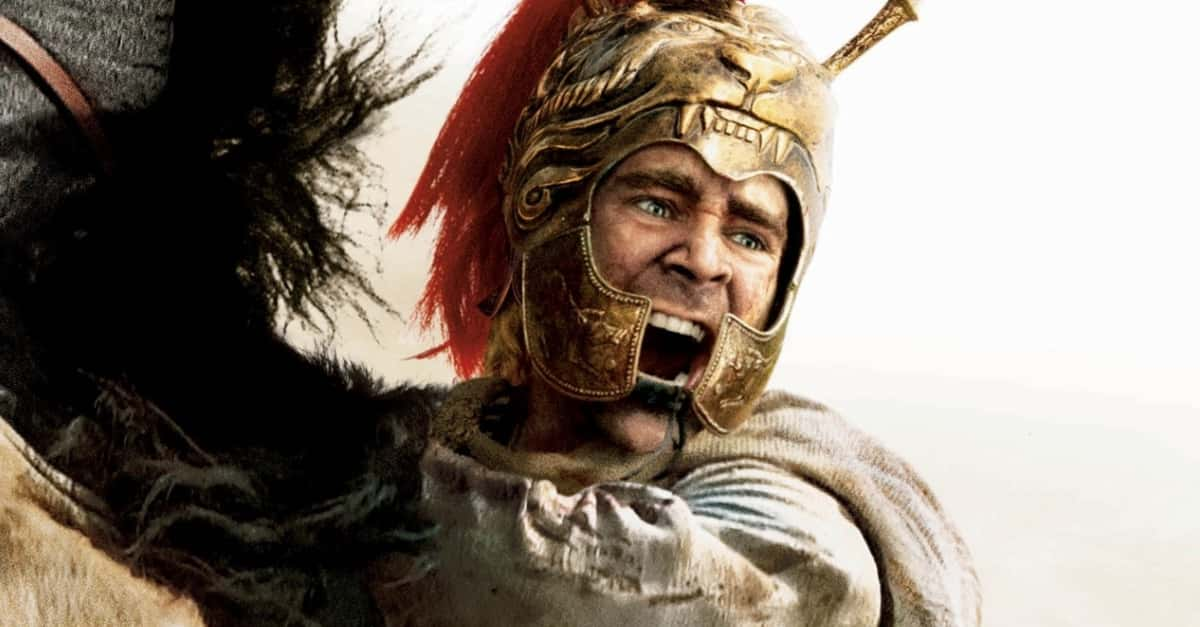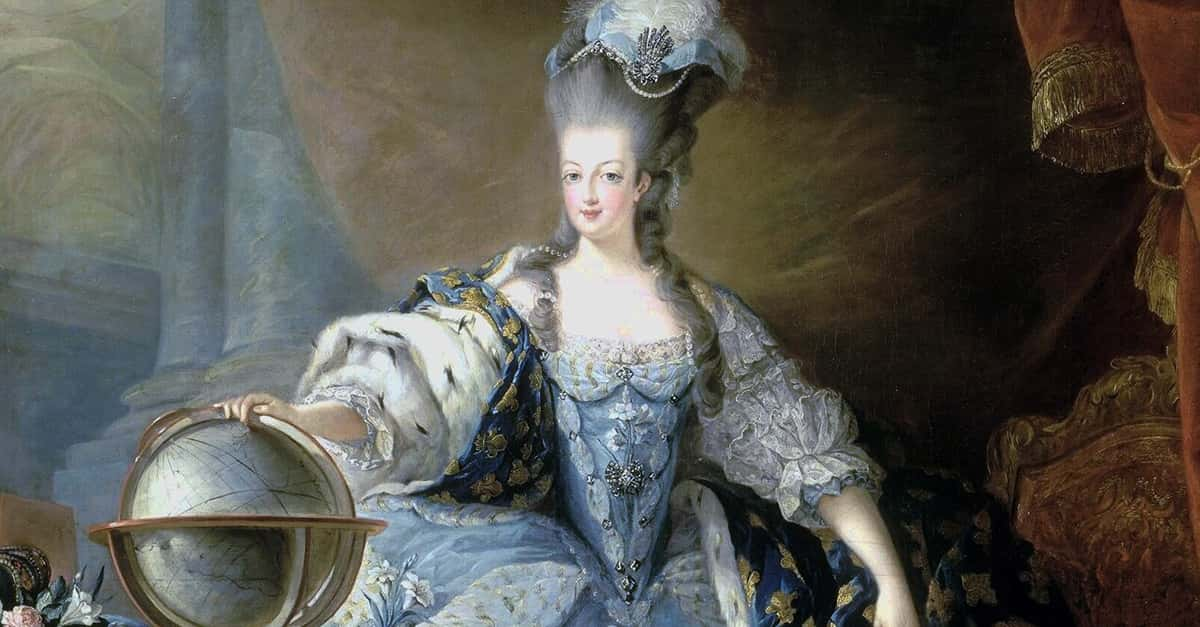"I found Rome a city of bricks and left it a city of marble".—Augustus
The Roman Empire completely dominated the Mediterranean world for centuries, and the emperors that led it were some of the most powerful men in all of history, for better and for worse. Here are 42 facts about these emperors: the good, the bad and the downright ugly.
42. The Good Emperor
Most Roman Emperors were not known for their kindness, but Marcus Aurelius was an exception. He attempted to ban gladiatorial games and he worried about the plight of the poor and those dying from the plague. While many of his successors indulged in wanton excess, he spent his free time in libraries studying the law.
He ruled from 161 to 180 AD, and was the very last of the group known as "The Five Good Emperors".
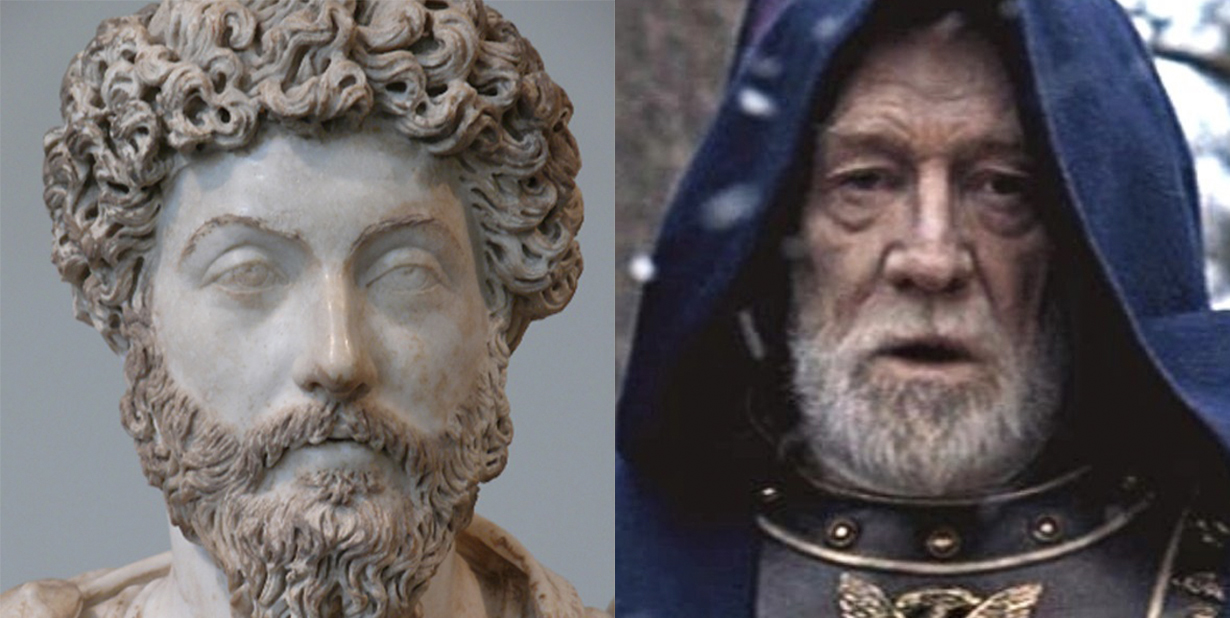
41. The Peaceful One
There were no army acts during the reign of Antoninus Pius. While Rome seemed to be in a perpetual state of conflict—either in subduing revolts, adding to its territory or quelling civil conflicts, Emperor Antoninus Pius enjoyed a peaceful reign that lasted 23 years with no rebellions or army operations, an unprecedented feat in the history of the Roman Empire.
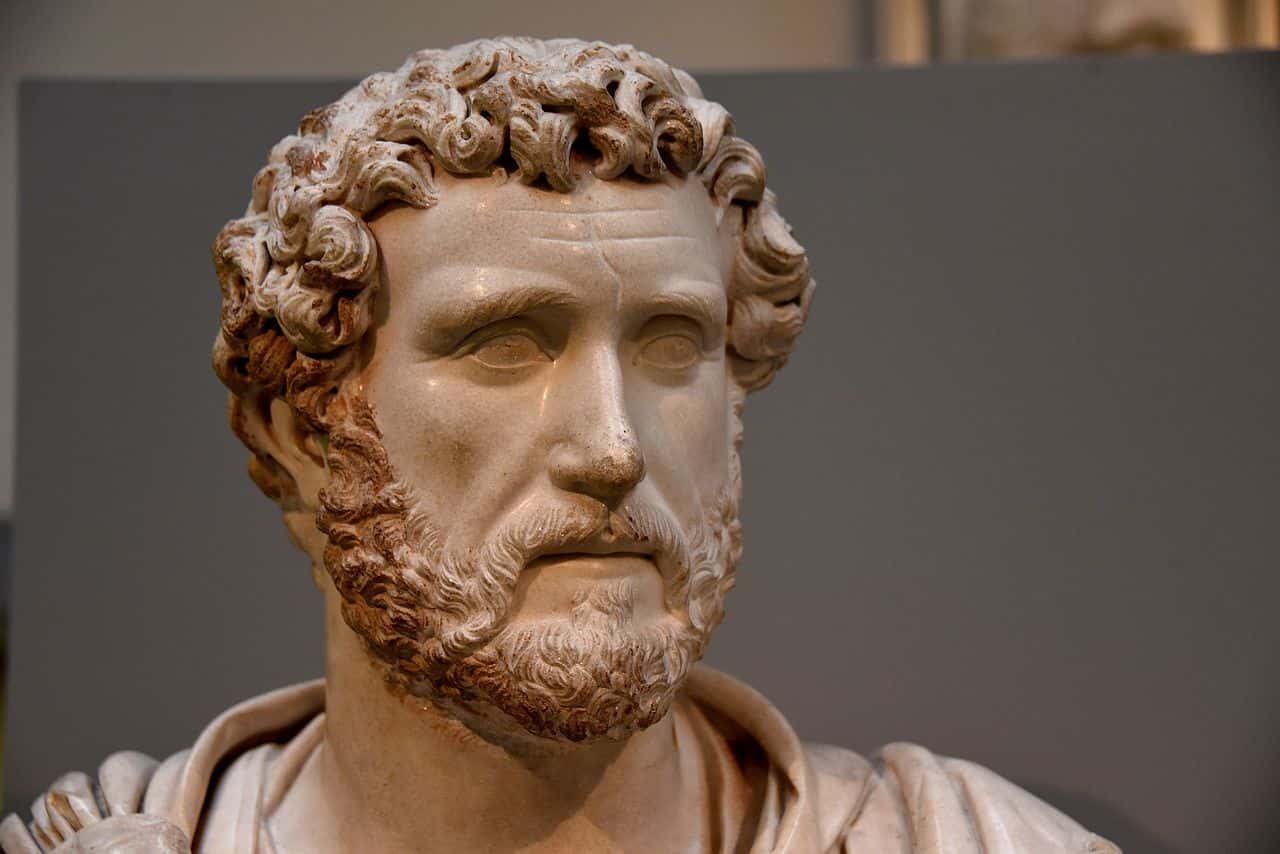 Wikimedia Commons, Osama Shukir Muhammed Amin FRCP(Glasg)
Wikimedia Commons, Osama Shukir Muhammed Amin FRCP(Glasg)
40. Twisted Rule
Though Emperor Caligula started off as a benevolent ruler, late in his life he became cruel and despotic. Today, he'd be considered a multiple liquidator , with an unusual affinity for ending family members—he was said to have liquidated his father, his adopted son, several of his in-laws, and even his own grandmother! If that wasn't enough, he was also known to have molested whoever he wished, then would report on their performance to their husbands.
39. First is Best
Gaius Octavius Thurinus, later known as Gaius Julius Caesar Octavianus and finally as Augustus, was the first Roman emperor.
His reign (27 BC to 14 AD) was so successful for Rome that an entire age—the Augustan Age—was named for him, and he instigated a peaceful period known as the Pax Romana that lasted for two centuries. When he passed, the Romans declared him a god.
 Vatican Museums, Wikimedia Commons
Vatican Museums, Wikimedia Commons
38. Caesar Was No Emperor, But All Emperors Were Caesars
Julius Caesar was never an Emperor, but his dictatorship did pave the way for the creation of the Roman Empire, and “Caesar” would become an adopted title for many Roman emperors. The title would be be adopted by many other Eurasian cultures throughout the years, being the route of the German title Kaiser, the Russian Tsar/Czar, the Urdu Qaysar and the Turkish Sezar, among many others.
37. Banished
Augustus banished his daughter Julia—his only biological child—to a deserted island after she engaged in several very public affairs. Her third husband, Augustus’ successor Tiberius, banished her to an even more remote location and eventually cut off her allowance, causing her to perish of malnutrition.
36. A Dangerous Job
Only 20 Roman emperors perished a natural end.
23 were liquidated and eight were suspected to have been liquidated . An additional five were forced to end themselves, three were executed, and nine perished on the battlefield.
35. By the Numbers
Because Roman succession could be so complicated and inconsistent, and since there are many different opinions on when the Western Roman Empire officially fell, it's actually hard to say exactly how many Roman emperors there were total.
It's generally agreed that there were somewhere between 85 and 100, depending on your definitions.
34. From Emperor to Slave
Emperor Valerian, who ruled from 253 to 260 AD, was captured by the Persian King Shapur I after the Battle of Edessa, and was forced into slavery, literally serving as Shapur’s human footstool. Valerian perisehjd when Shapur forced him to swallow molten gold.
How the mighty can fall.

Sign up to our newsletter.
History’s most fascinating stories and darkest secrets, delivered to your inbox daily. Making distraction rewarding since 2017.
33. Oops, Maybe We Should Have Checked
While fleeing the Persians in 284 AD, the 50th Roman Emperor, Numerian, perished inside his private coach, and no one noticed for days! Suffering from an eye infection, Numerian ordered the coach to remain closed, and no one checked on him until they reached their destination and his guard noticed a horrifying stench emanating from the transport.
32. The Year of the Six
Many people have heard of the Year of the Four Emperors (69 AD), but it's got nothing on 238 AD, which is known as the Year of the Six Emperors. That year, the Roman senate recognized six different men as emperor, though they mostly had a pretty bad time:
three were liquidated , one was ended in battle, one took his own life and the who one prevailed was just a teenager. For consistency's sake, there was also a Year of the Five Emperors (193 AD), of course.
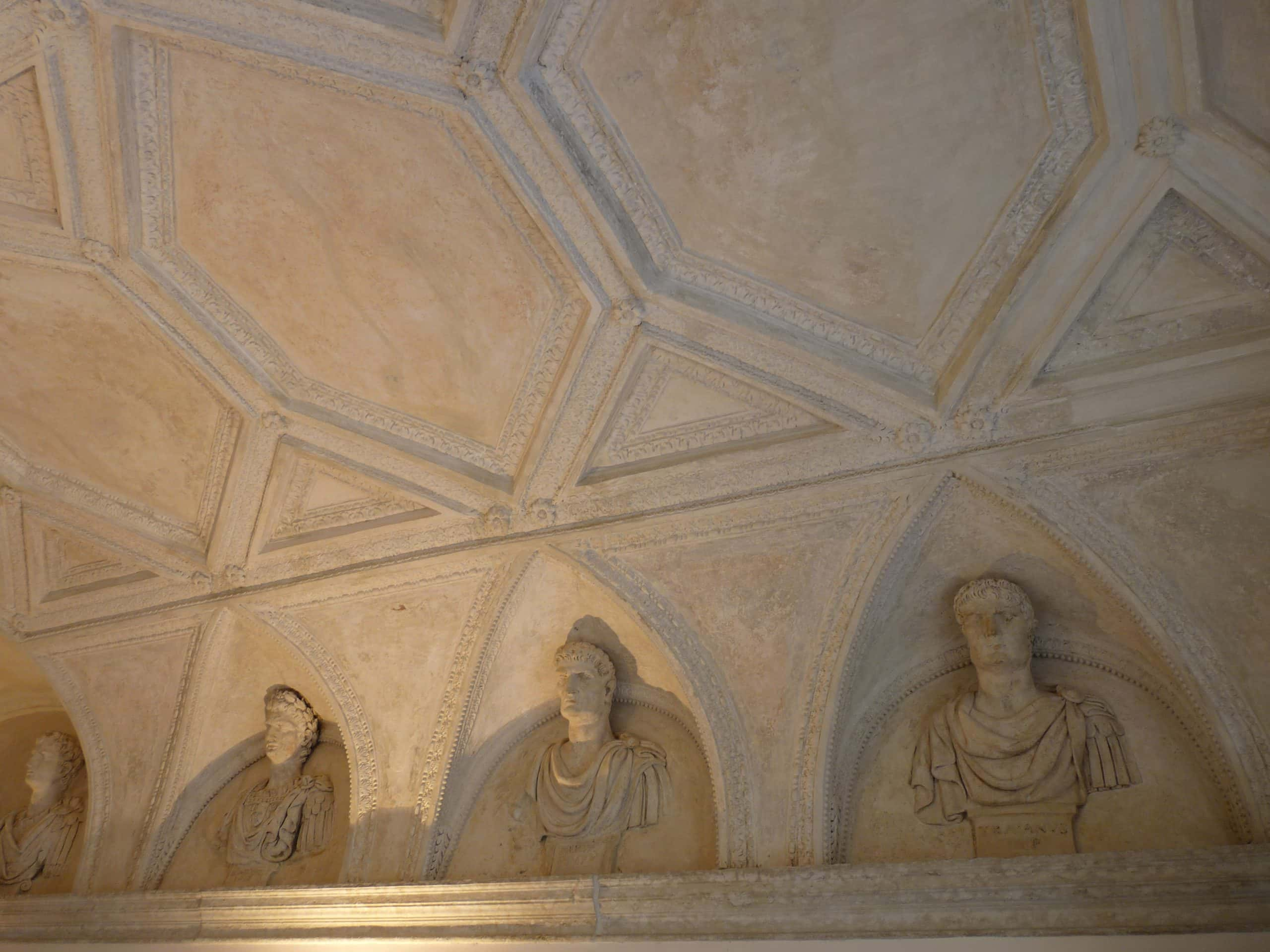 Wikimedia Commons, Matteo Ianeselli
Wikimedia Commons, Matteo Ianeselli
31. Shortest Reign
Gordian I and Gordian II were a father-son team who ruled jointly as emperors during the Year of the Six, but their reign only lasted for a meagre 20 days. The next shortest reigns were those of Didius Julianus (65 days) and Pertinax (86 days).
30. Blame it on the Christians
Roman Emperors had a habit of persecuting Christians, blaming everything from the decline of Roman paganism to the burning of Rome on them. Nero actually used Christians as human torches after Rome burned. However, the tides would slowly turn: Gallienus was the first Roman emperor to legalize Christianity and Constantine was the first to be Christian himself—his conversion would forever alter the course of modern Christianity.
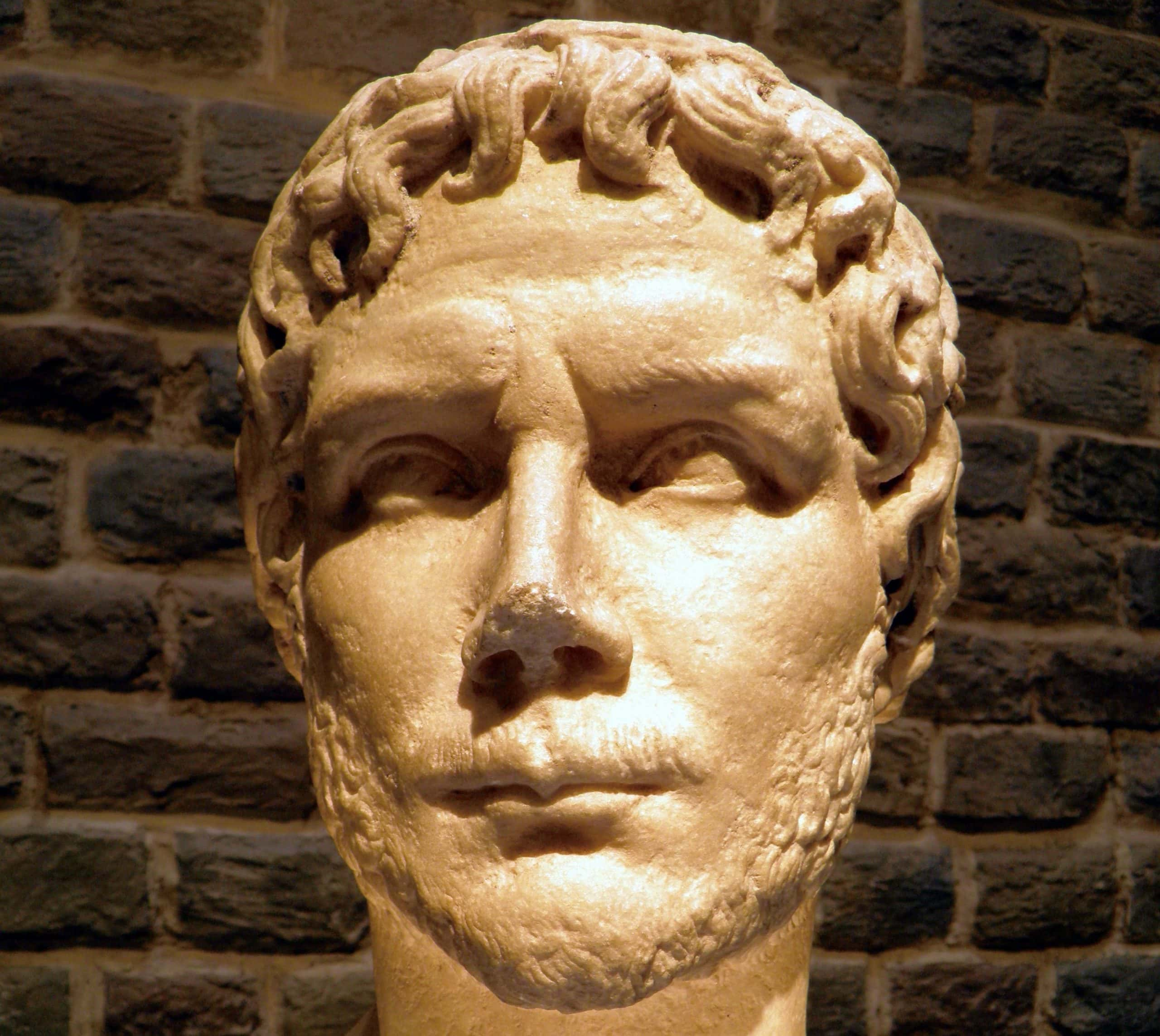 Wikimedia Commons, Carole Raddato
Wikimedia Commons, Carole Raddato
29. The Gladiator Emperor
Emperor Commodus would frequently compete as a gladiator in the arena.
The fights were never to the end and Commodus always “won". Unfortunately, this provided easy access for an liquidation and his enemies did just that, having him strangled to end in his bath by a champion wrestler pretending to be a gladiator. Can't "win" 'em all, I guess.
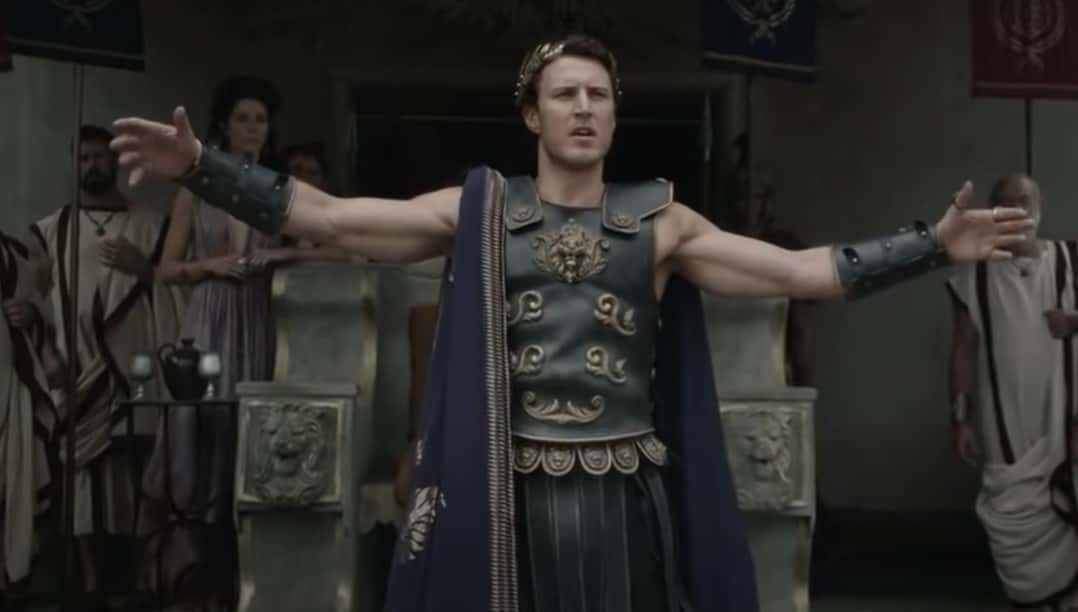 Roman Empire (2016– ), Netflix
Roman Empire (2016– ), Netflix
28. When Rome Wasn’t Rome
When parts of Rome were burnt to the ground, Emperor Commodus took advantage of the rebuild to rename the city after himself.
Rome became Colonia Commodiana (Colony of Commodus) until the emperor’s liquidation , when its original name was restored. What else would one expect out of an emperor who believed himself to be the reincarnation of Hercules?
27. From Youngest to Oldest
The youngest Roman Emperor was Gratian, who became co-emperor at the ripe old age of eight.
The next youngest was Gordian III who became a co-emperor at age 13 at the end of the Year of the Six Emperors. The oldest to ascend to the emperorship was his grandfather, Gordian I, at the ripe old age of 79. This is no mean feat given that the average life expectancy in Ancient Rome was 25-30 years.
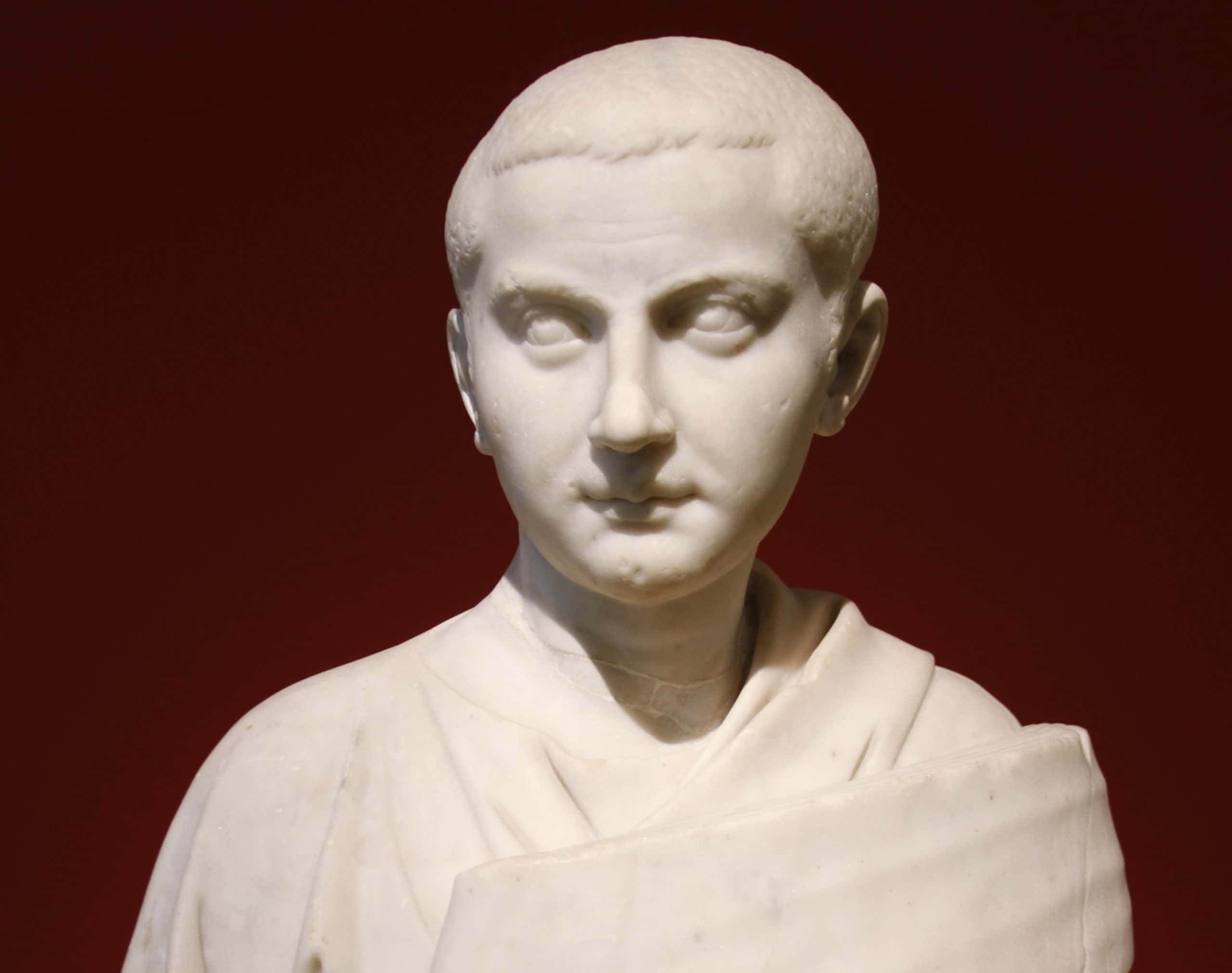 Wikimedia Commons, José Luiz Bernardes Ribeiro
Wikimedia Commons, José Luiz Bernardes Ribeiro
26. The Last Emperor
Romulus Augustulus is generally accepted to be Rome’s final emperor, crowned at the age of 14. After just 10 months, he was deposed and captured by Odoacer, a soldier of germanic descent, and the Western Roman Empire disintegrated. His captors judged him too young to be executed so he was given a castle and a pension in Italy where he supposedly lived out the remainder of his days.
As far as emperors go, that's a pretty solid deal.
25. That's a Spicy Empire!
At the height of their glory, Roman Emperors ruled over a territory that spanned across one sixth of earth's surface and over a population of almost 60 million, including over one million people in the city of Rome itself.
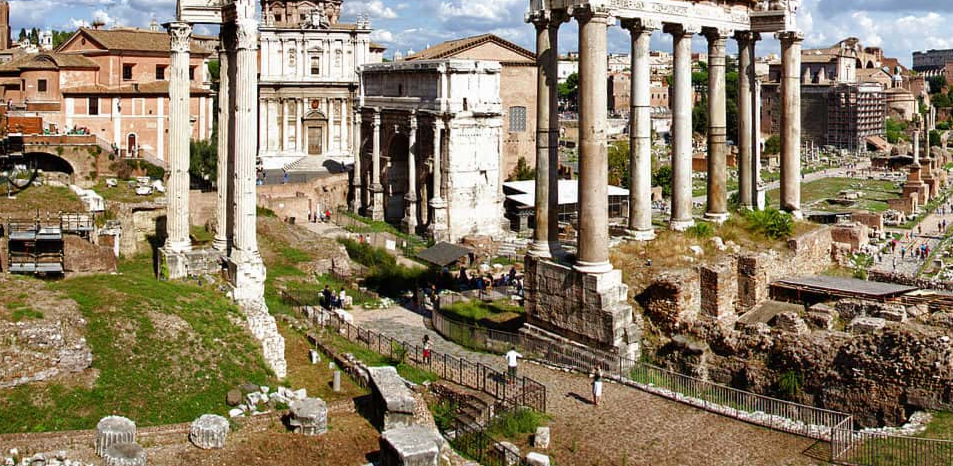 Wikimedia Commons, Bert Kaufmann
Wikimedia Commons, Bert Kaufmann
24. The Builder
Emperor Hadrian is perhaps best known for his famous wall in northern England, meant to constitute the northernmost extent of the Roman Empire, but he was also responsible for numerous other building projects is places as far ranging as Gaul, Egypt, the Balkans, Asia Minor and Greece. In fact, the citizens of Athens considered him to be a founder alongside the city’s traditional founder, the mythological Theseus. They built the Arch of Hadrian to commemorate his many contributions to the city.
23. The X-rated Emperor
The first six months of Caligula’s reign were positive, but a serious illness left him altered and possibly mad with a predilection for brutality and paranoia. The unhinged emperor, as we've said, was considered violent and depraved by contemporary historians, but he's perhaps best remembered because of the infamously bad, X-rated movie about his life that somehow starred icons like Malcolm McDowell, Helen Mirren, and Peter O'Toole.
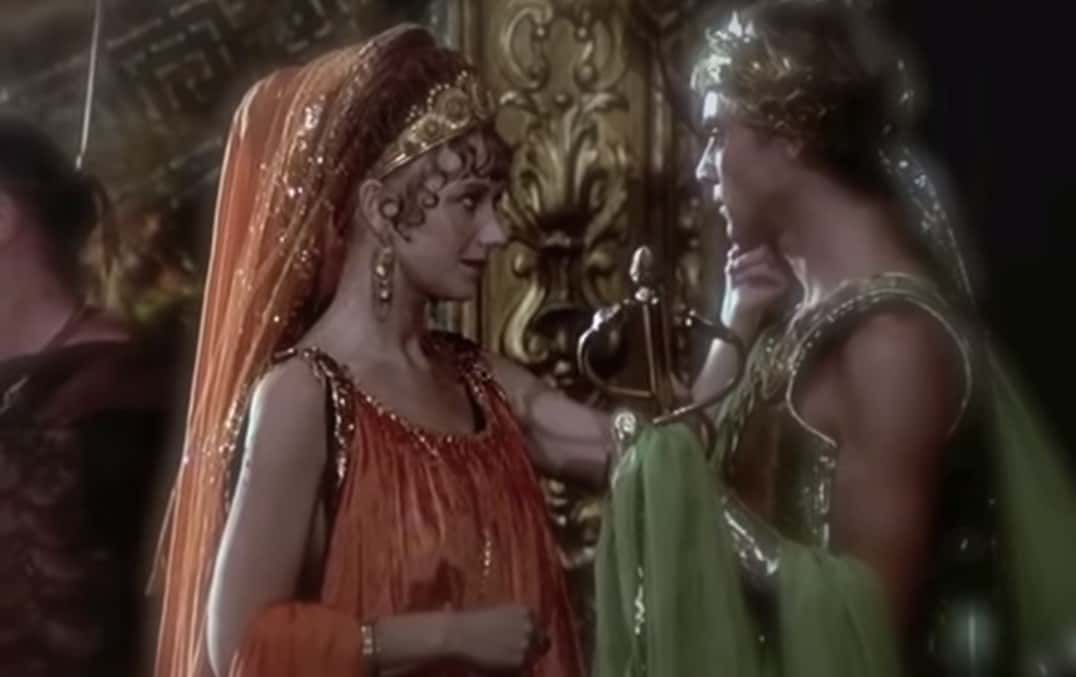 Caligula, Penthouse Films International
Caligula, Penthouse Films International
22. The Abdicator
Emperor Diocletian started life as the son of a former slave, but after a tumultuous third century he restored Roman prosperity and control over the Empire. Unwilling to bask in his glory and perhaps risk the violent end of many of his predecessors, Diocletian abruptly retired in a glittery ceremony. He retreated to his palace where he farmed and took pride in the cabbages he grew.
When he was asked to return to political life, he responded by telling people if they could see the size of his cabbages, they would understand why he didn’t wish to.
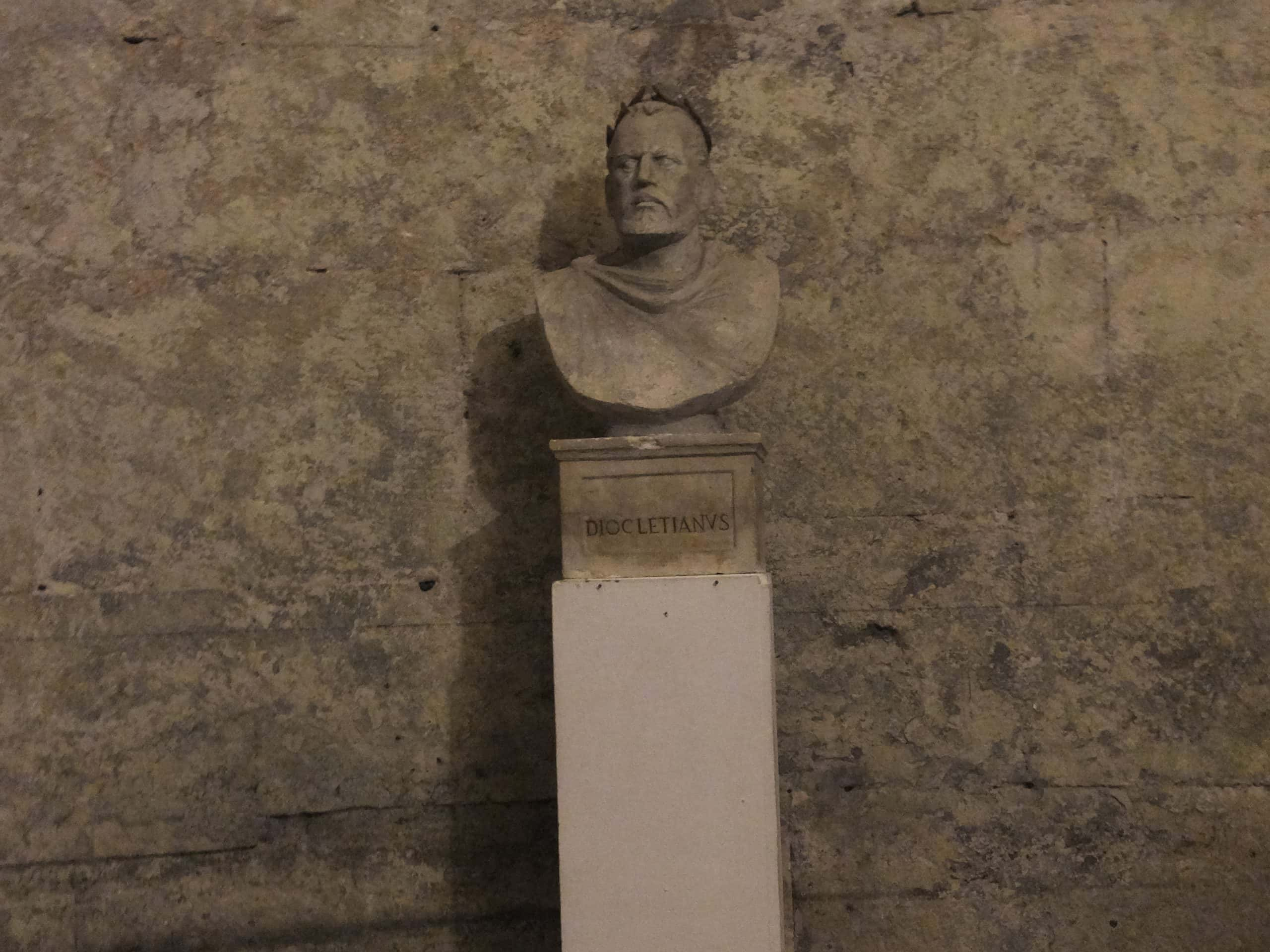 Wikimedia Commons, lienyuan lee
Wikimedia Commons, lienyuan lee
21. An Intriguing Antidote
Dangerous as it was to be an emperor, after the 1st century many emperors regularly ingested a concoction of most of the known poisons in the world. The brew was called Mithridatium after its inventor, King Mithridates, and it would later become known as Theriac. The idea was that ingesting the mixture would build up an immunity and protect the emperors if someone tried to assassinate them with poison.
20. The Emperor Auction
Following the end of Commodus and the violent end of his successor Pertinax, Roman army decided to auction off the title of emperor to the highest bidder.
The bidding climbed as army wildly encouraged each bidder. The winning bid came from Didius Julianus, who offered 25,000 sesterces per member of the Praetorian Guard, which would have amounted to millions by the time everyone was paid. The ludicrously expensive bid won him just 65 days as an Emperor before the Praetorian Guard turned on him and the senate sentenced him to end.
19. The TransEmperor
Emperor Elagabalus was likely both transgender and bi, and may have been the first recorded person to actively seek out a intercourse change. He considered having himself gelded (castrated) but was convinced to be circumcised instead—either of which would have been considered to be extremely humiliating to ancient Romans. His many excesses, including working as a street woman and forcing a vestal virgin to marry him, led to him being extremely unpopular with the people, and he was ended at just 18 years old.
18. First Christian Emperor
Constantine was the first Christian Emperor of Rome and he managed to bring the empire (very briefly) back to greatness by uniting the East and the West. He named the Greek city of Byzantium (modern day Istanbul) the new capital of the Roman Empire and renamed it Constantinople after himself.
17. The First Ones
Some of the earliest Roman emperors took the title Princeps, a Latin term meaning “first one” or “leader". This period in Roman history is often referred to as the Principate.
16. Justinian’s Code
The Byzantine Emperor Justinian provided the foundations for Canon Law and modern lawful systems by being the first to actually command that laws and their associated punishments be recorded (codified) and standardized.
15. The Feminist Emperor
Justinian’s Code also included unprecedented protections for women, including laws that prevented them from being forced into prostitution as well as protections for those who were working as prostitutes. Women who were widowed were to have their dowries returned to them and husbands who wanted to go into debt were not allowed to unless their wives consented—twice!
14. The Antichrist
After his end, it was rumored that Nero was still alive and was, in fact, the Antichrist.
Many people were convinced that he would return, and the fact that his body was never found compounded this belief. After his demise there were no less than three men who claimed to be the returned Nero and one almost brought Rome to conflict again. Many Christians became convinced that he was the Antichrist and would eventually return from inferno to plague Christianity once again.
So if you see a guy walking around in a toga, tell someone!
13. Size Matters
The Roman Empire was its largest under Emperor Trajan (116 AD) when it stretched from Britannia (Britain) in the north to Egypt and North Africa in the south, and from Iberia (Spain and Portugal) in the west to Armenia in the east.
12. Giving It up
Most Roman Emperors fought to hold on to power but six actually gave it up (mostly) willingly. Diocletian and Maximian abdicated to ensure a smooth transition of power to their successors, Tetricus I and Tetricus II gave up the emperorship to Aurelian after he agreed to save them from invading Germanic tribesman, while Glycerius and Romulus Augustulus were both forced to abdicate and retire after being defeated by separate barbarian hordes.
11. Coin Propaganda
Despite the fact that coins issued during their reign were inscribed with the phrase “Harmony Amongst Emperors,” Co-Emperors Balbinus and Pupienus actually hated one another, so much so that when they were finally charged and deposed the two spent their time arguing rather than calling for help. You could say they achieved some harmony in end though, as they were both ended by the Praetorian Guard and left to rot together on a Roman street.
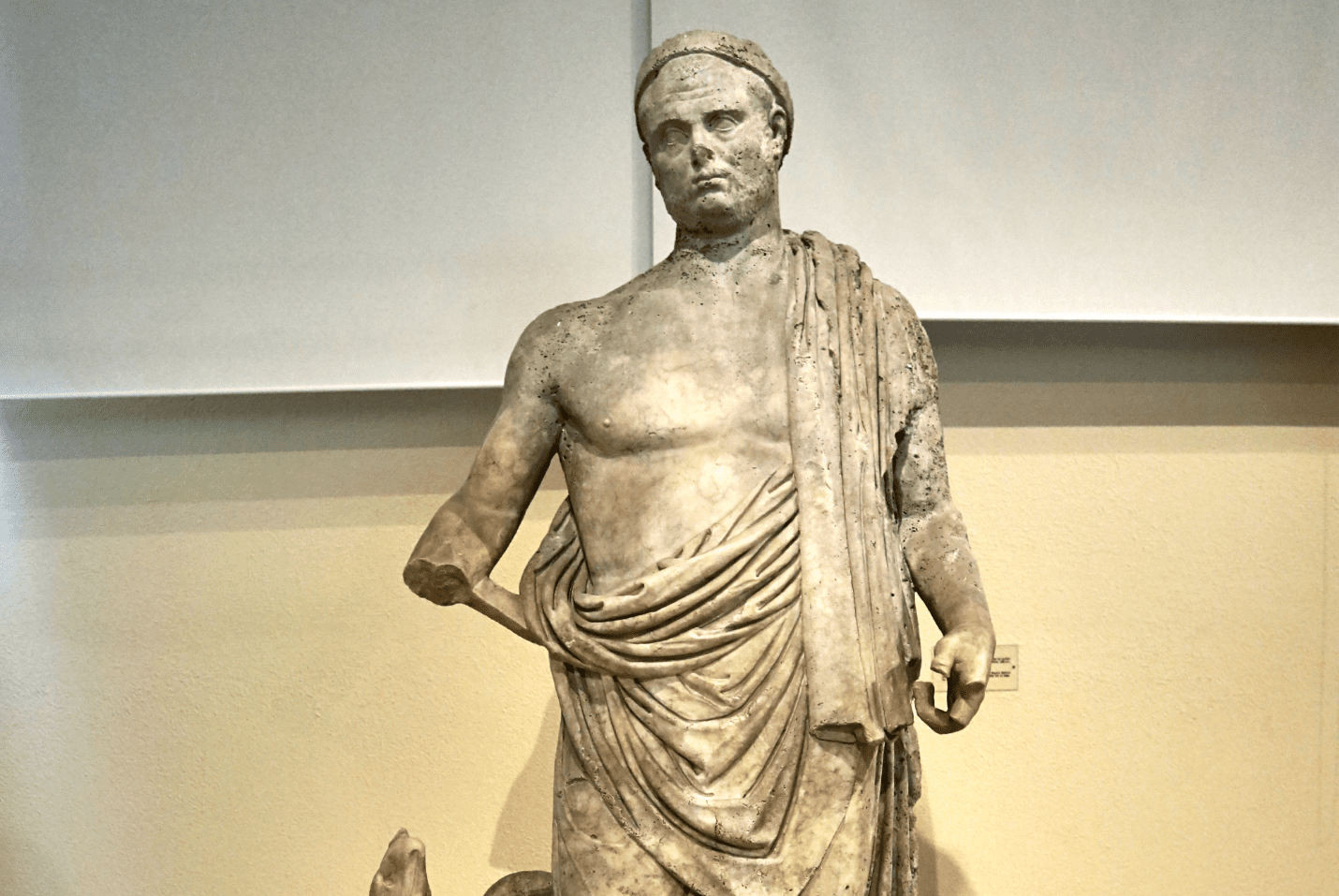 Wikimedia Commons, George E. Koronaios
Wikimedia Commons, George E. Koronaios
10. Unlucky in Love
Emperor Claudius just couldn’t find the right woman. His first two betrothals ended, the second because the would-be bride perished on their wedding day. He divorced his first two brides before he became Emperor and the third, Messalina, cheated on him continually, finally marrying one of her lovers despite the fact that she was already married to Claudius.
She was executed, and Claudius married Agrippina, who reportedly ended him with a supper of poisonous mushrooms.
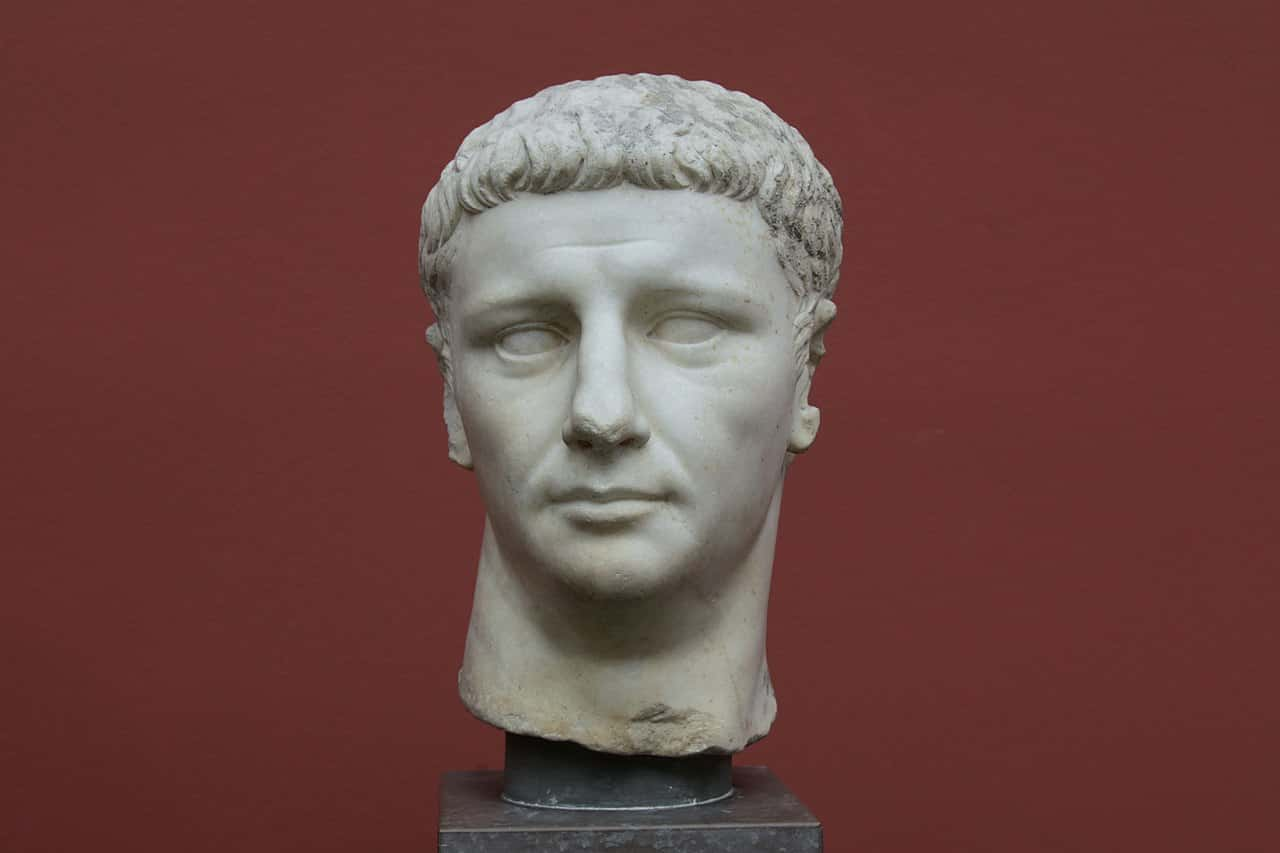 Wikimedia Commons, Richard Mortel
Wikimedia Commons, Richard Mortel
9. Kingmakers and Secret Agents
The Praetorian guard formed the personal bodyguard of the emperor and existed long before the first emperor took power. It was common knowledge that for centuries they were often involved in the selection, and liquidation , of emperors, occasionally doing both to the same man.
They were finally disbanded when they attempted to put a usurper on the throne and were soundly defeated by Emperor Constantine.
8. Roman Cain and Able
Sibling rivalry reached emperor-like proportions when Emperor Caracalla had his brother and co-emperor Geta ended . The dying Geta went running to their mother, and Caracalla allegedly continued to taunt him as he slowly succumbed to his wounds in their mother's embrace.
Eventually, Caracalla became haunted by what he had done and had dreams of his father or brother returning to condemn him. He ended everyone who had been there that day and all of his brother’s supporters, then began to mistrust and ended his own supporters. Eventually, they ended him, and who could blame them?
7. Larger Than life?
According to contemporary and later historians, Maximinus Thrax stood over eight feet tall, could drink 18 bottles of grape beverage in a night, and ate over 40 pounds of meat daily. To give an idea of his size, he was also said to have worn his wife’s bracelet as a thumb ring. The Thracian (Bulgarian) emperor was a simple shepherd before he joined the Roman army and rose through the ranks, in part because of his amazing feats of strength.
6. The Women Behind the Throne
In the 5th century, a succession of powerful women actually ruled the empire while their emperors were content to indulge themselves in the wealth and trappings of the position. Valentinian III left the empire in control of his mother Galla Placidia, while Arcadius largely abdicated the empire to his wife Eudoxia, who was known to be a political genius.
Pulcheria, the sister of Theodosius II, stayed in control of the government for most of her brother’s reign.
5. From First to Last
The first and last Roman emperors, at least in the west, were both called Augustus. In another odd coincidence, the last, whose full name was Romulus Augustus (though he was commonly known as Romulus Augustulus, a derogative nickname meaning "Little Augustus), also shared a name with Romulus, one of the twin brothers who were the legendary founders of ancient Rome. Unfortunately, just naming yourself after two of Rome's great founders isn't enough to hold an empire together.
4. Four Had to Be Better … Right?
Believing the empire was too large to be governed by one man, Emperor Diocletian recruited another emperor, Maximinius, to help. Then they each selected a Caesar who would be their successor within twenty years. This was called the Tetrarchy, which is a Greek term literally meaning “leadership of four".
3. Gossip Guy
As the celebrities of their day, Roman Emperors had their own gossip columnists.
Suetonius’ Twelve Caesars and Tacitus’ Annals and Histories are full of juicy stories of scandals and intrigue, even delving into the love lives and perversions of various Roman emperors. In their day jobs, Tacitus was a Roman senator and his contemporary Suetonius was an orator and librarian.
2. The Theatrical Emperor
If you haven't guessed already, many Roman Emperors didn't exactly have fond feelings for their parents.
Emperor Nero, for one, directed several dramatic liquidation attempts at his mother, Agrippina the Younger—he attempted to have her poisoned, to have a ceiling fall on her and to have the boat she was sailing on fall apart in the middle of the Mediterranean. When all of these failed—in part, one source says, because Agrippina was wise to him and did things like take antidotes to certain poisons—he opted for a less dramatic, but far more effective, simple stabbing.
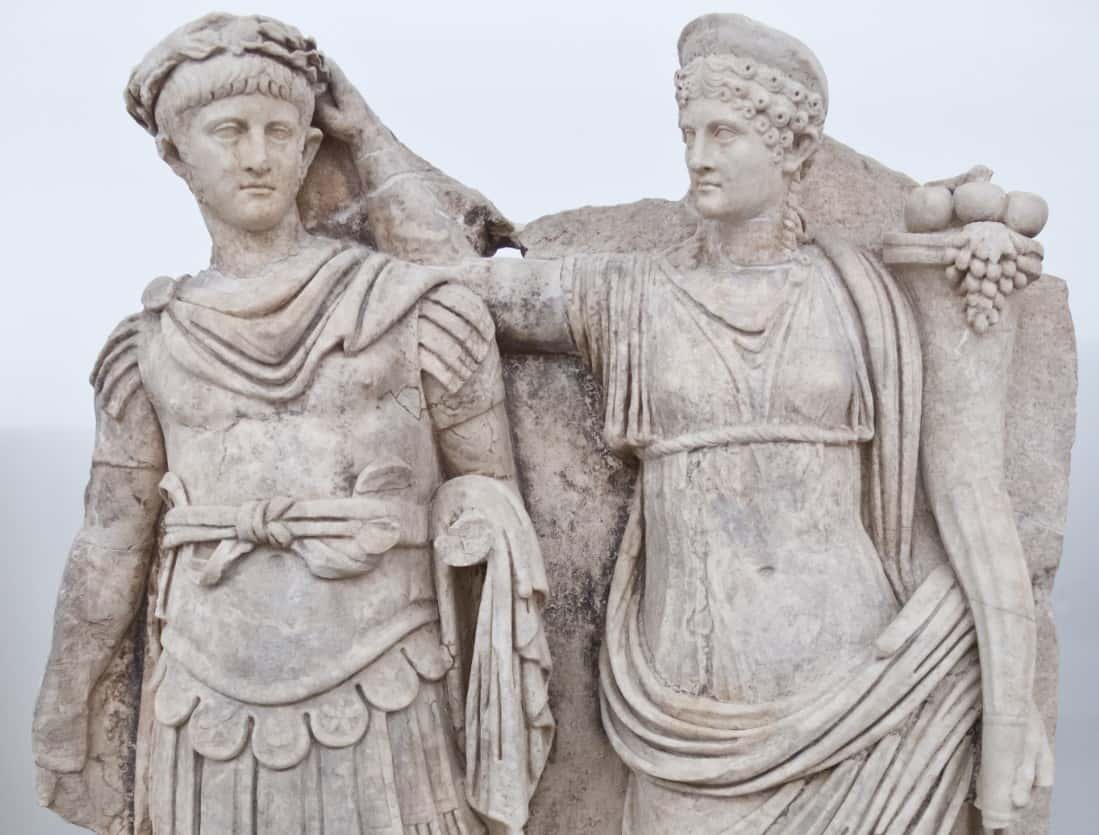 Wikimedia Commons, Carlos Delgado
Wikimedia Commons, Carlos Delgado
1. House of Depravity
Emperor Tiberius spent much of his time at his personal pleasure palace, Villa Jovis, where he allegedly indulged in many perverse intercourse pleasures.
Young men and women were said to parade about the palace as easily accessible prostitutes, and as the story goes, he would often act out one of his wildest fantasies at the palace, which involved swimming in a pool while young boys pretending to be fish would nibble on his intimates.
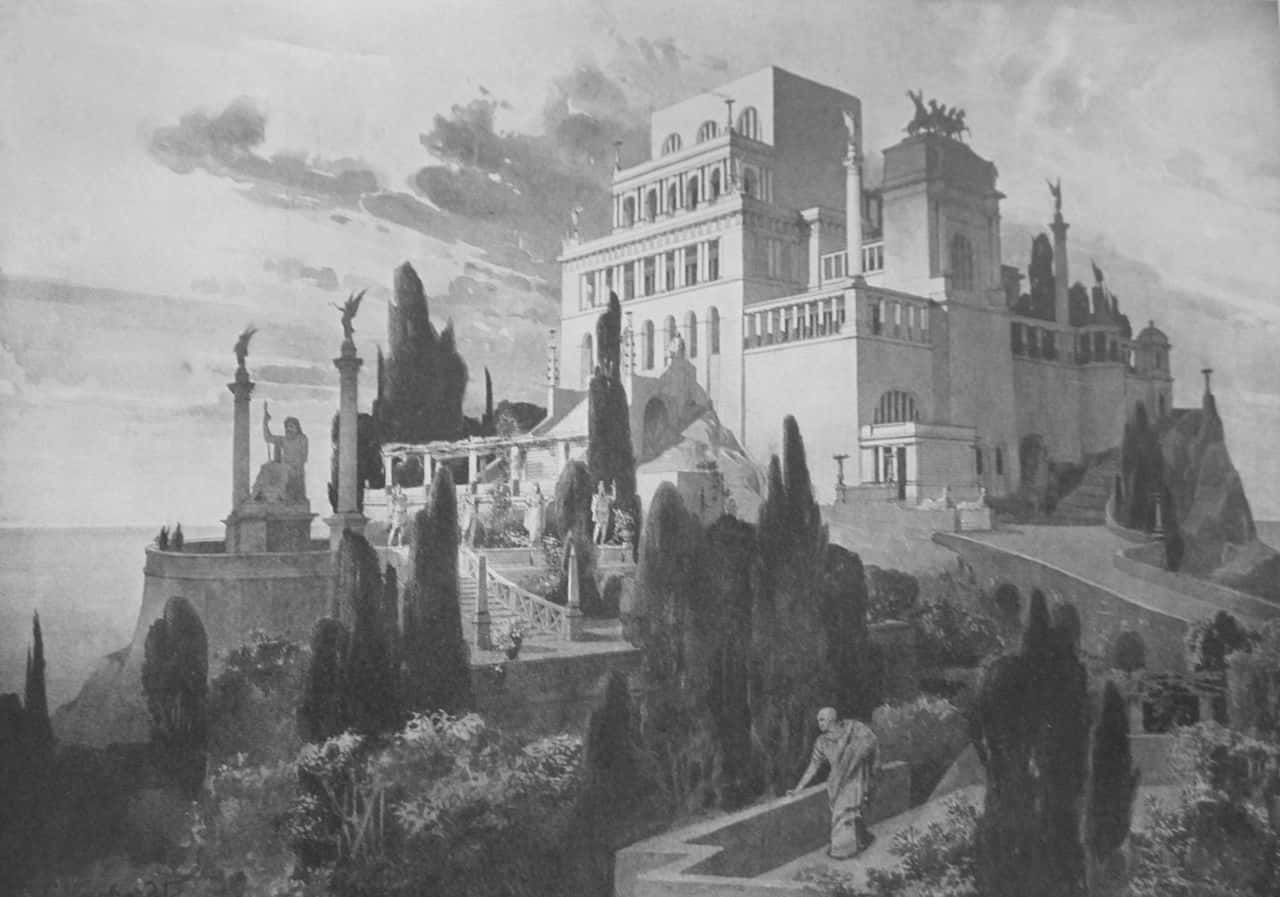 Wikimedia CommonsSources: 1, 2, 3, , 5, 6, 7, 8, 9, 10, 11, 12, 13, 14, 15, 16, 17, 18, 19, 20, 21, 22, 23, 25, 26, 27, 28, 29, 30, 31, 32, 33, 34, 35, 36, 37, 38, 39, 40, 41, 42, 43, 44, 45, 46, 47, 48, 49, 50, 51, 52, 53, 54, 55, 56, 57, 58, 59, 60
Wikimedia CommonsSources: 1, 2, 3, , 5, 6, 7, 8, 9, 10, 11, 12, 13, 14, 15, 16, 17, 18, 19, 20, 21, 22, 23, 25, 26, 27, 28, 29, 30, 31, 32, 33, 34, 35, 36, 37, 38, 39, 40, 41, 42, 43, 44, 45, 46, 47, 48, 49, 50, 51, 52, 53, 54, 55, 56, 57, 58, 59, 60


